- Filter By:
-
-
Stock photos and images of username:Frederic
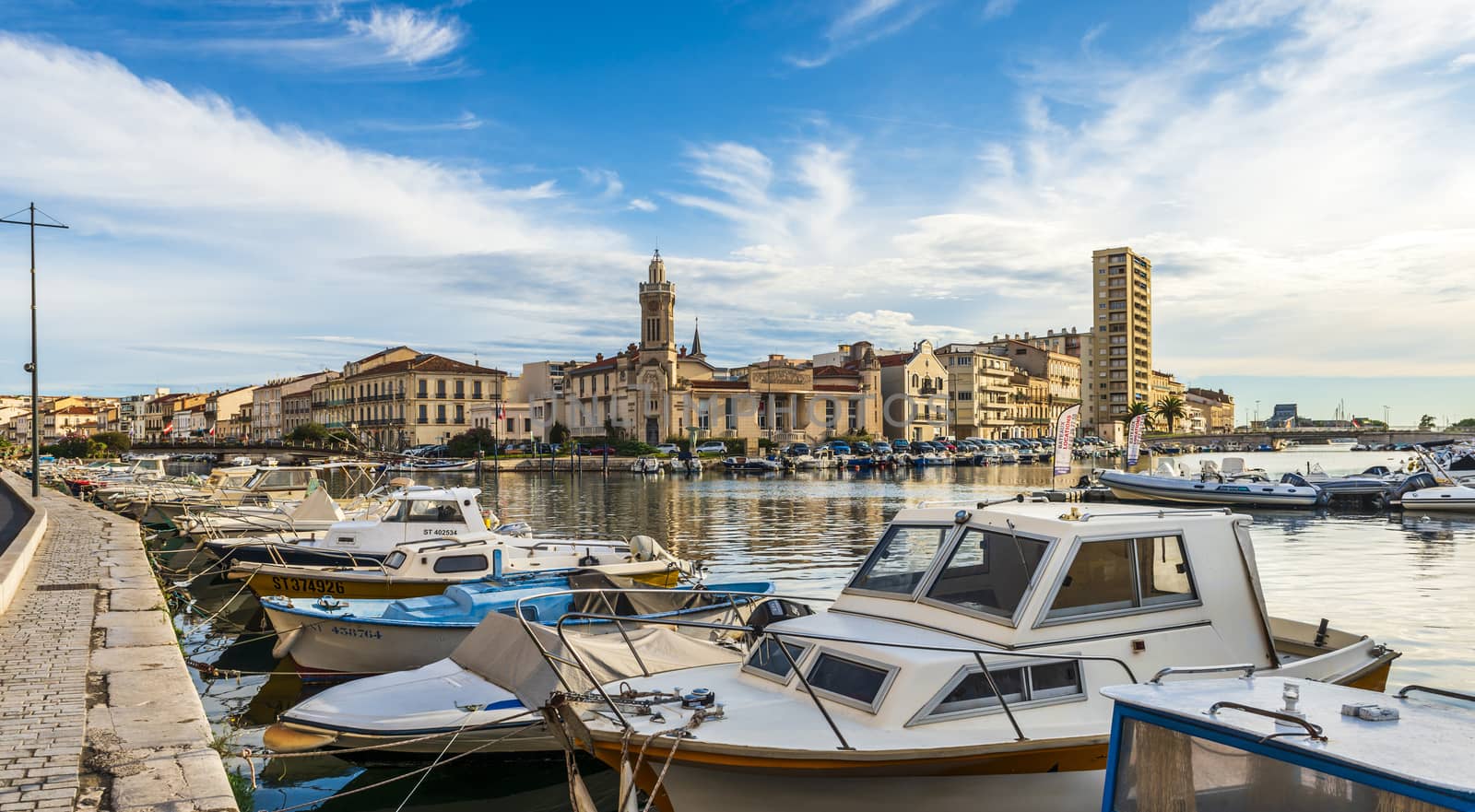
Panorama from the Quai Maréchal de Lattre de Tassigny on the Consulere Palace, in Sete, in the south of France in Occitanie.
Stock PhotoUsername
FredericResolution
7360x4052pxPanorama from the Quai Maréchal de Lattre de Tassigny on the Consulere Palace, in Sete, in the south of France in Occitanie.


Typical summer boats in Languedoc, in the south of France.
Stock PhotoUsername
FredericResolution
7360x4912pxTypical summer boats in Languedoc, in the south of France.
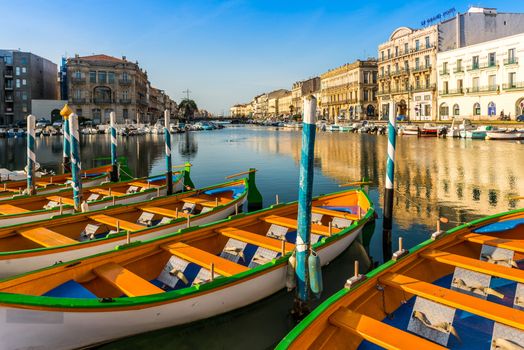
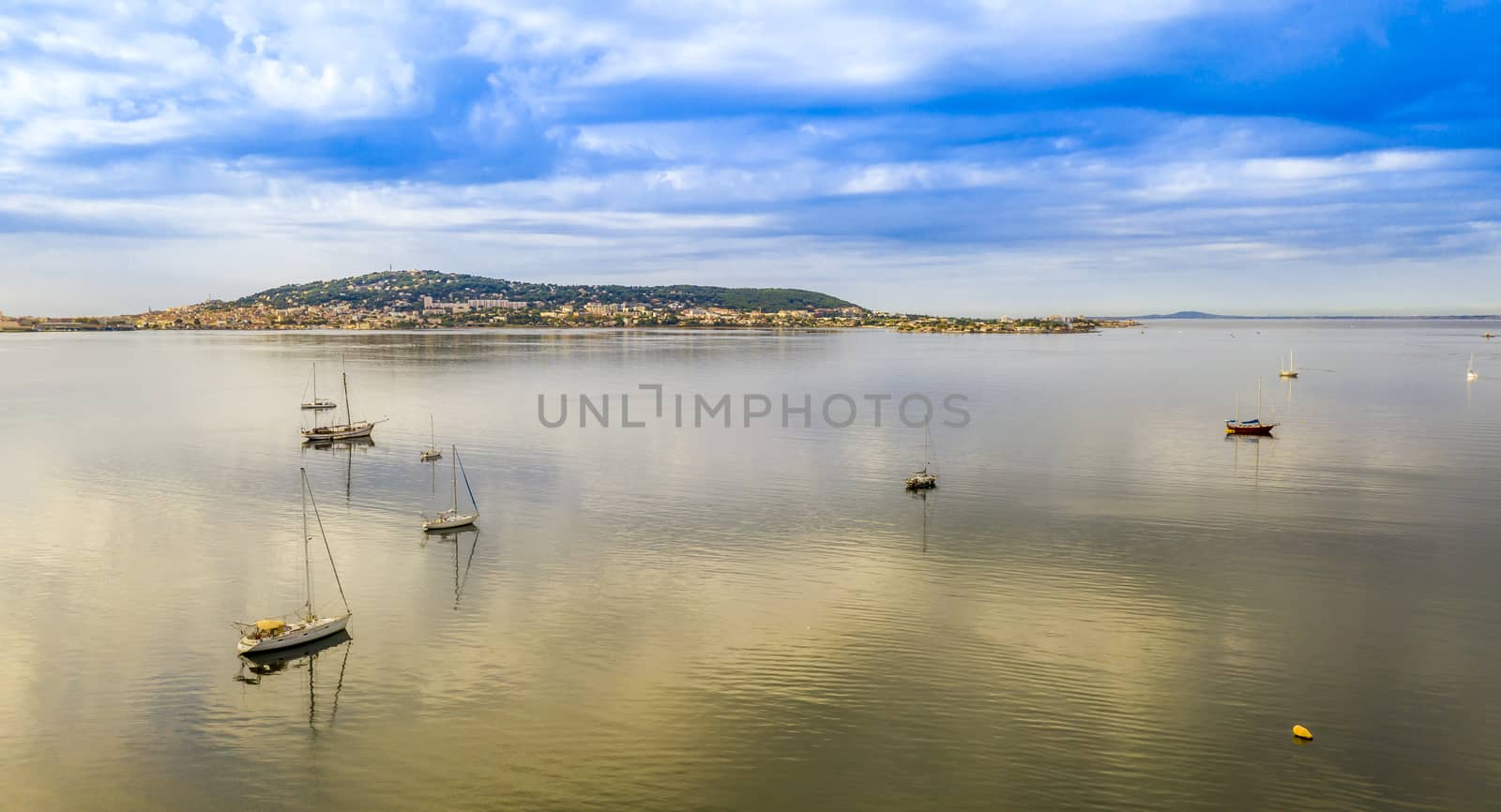
The town of Sète on Mont Saint-Clair on the Etang de Thau side and some boats sailing.
Stock PhotoUsername
FredericResolution
5338x2888pxThe town of Sète on Mont Saint-Clair on the Etang de Thau side and some boats sailing.


Panoramic of the city of Sète in the south of France, in Occitania
Stock PhotoUsername
FredericResolution
11825x3192pxPanoramic of the city of Sète in the south of France, in Occitania


Typical Languedoc boats on the Sète canal, in Hérault, Occitania, France
Stock PhotoUsername
FredericResolution
7360x4912pxTypical Languedoc boats on the Sète canal, in Hérault, Occitania, France
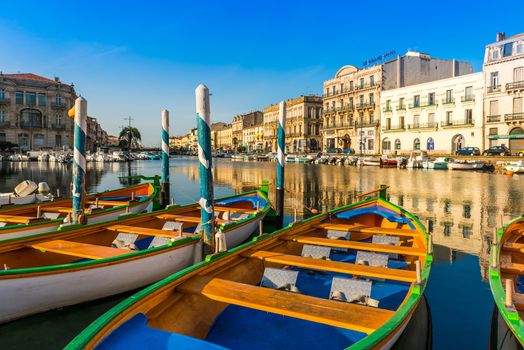
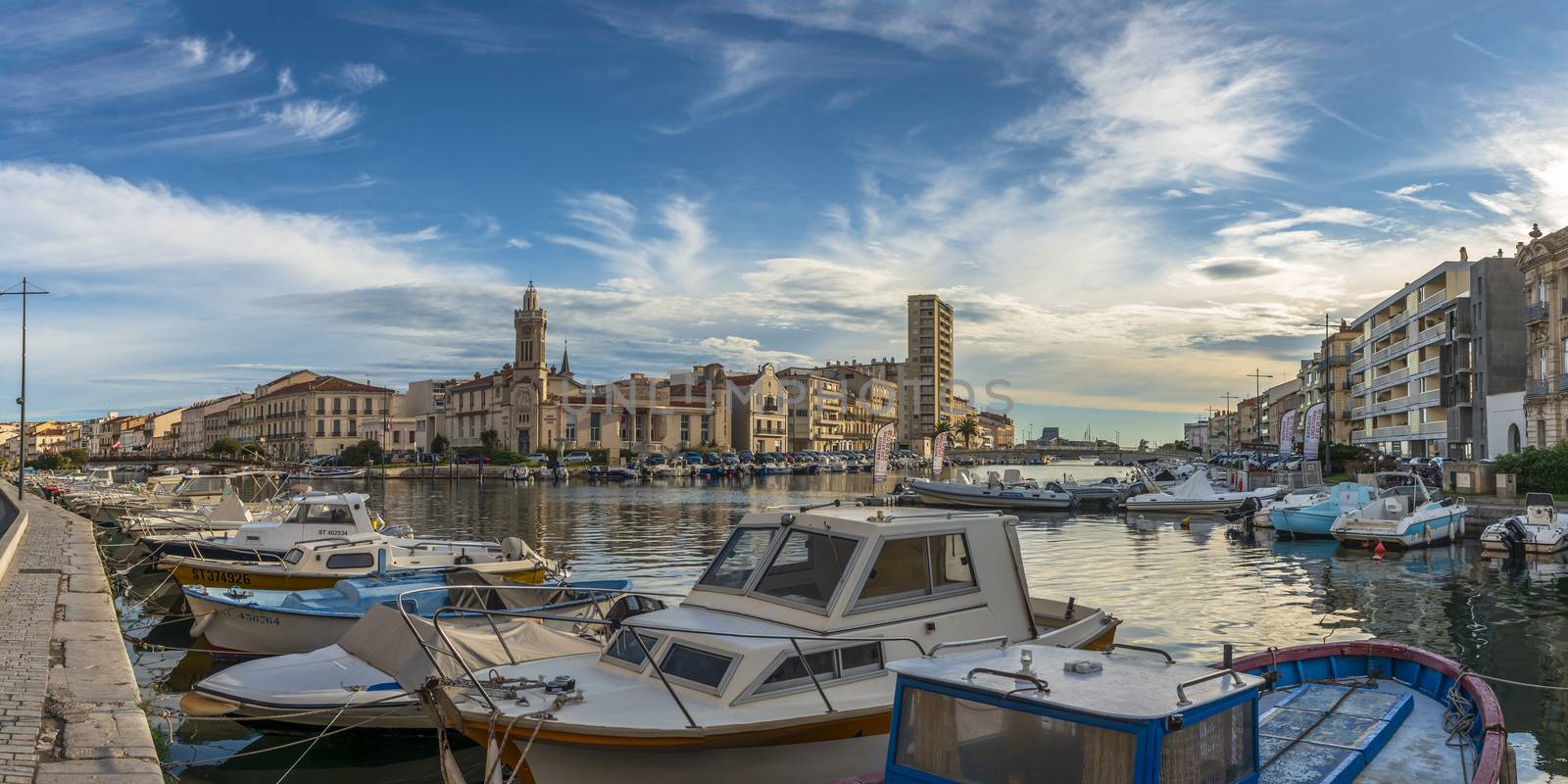
Panorama from the Quai Maréchal de Lattre de Tassigny on the Consulere Palace, in Sete, in the south of France in Occitanie.
Stock PhotoUsername
FredericResolution
8596x4296pxPanorama from the Quai Maréchal de Lattre de Tassigny on the Consulere Palace, in Sete, in the south of France in Occitanie.

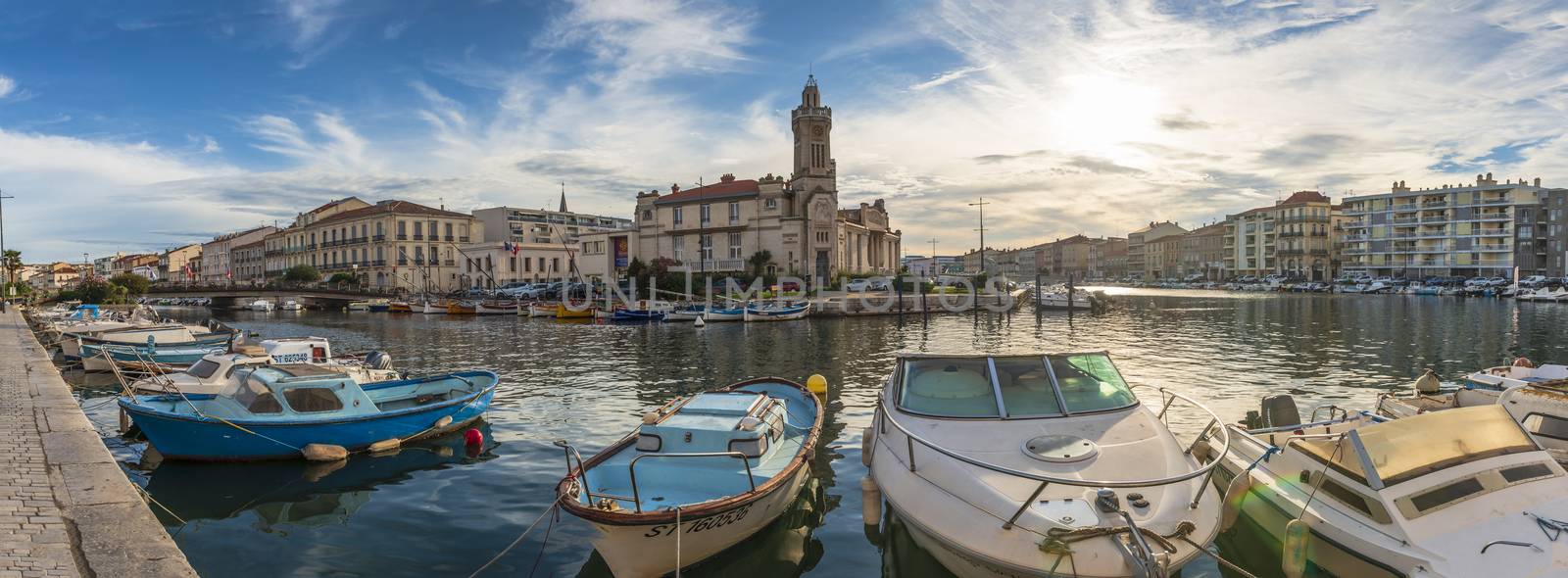
The royal canal of Sète with the consular palace in the background, on a summer morning, in Hérault in Occitan.
Stock PhotoUsername
FredericResolution
12685x4678pxThe royal canal of Sète with the consular palace in the background, on a summer morning, in Hérault in Occitan.

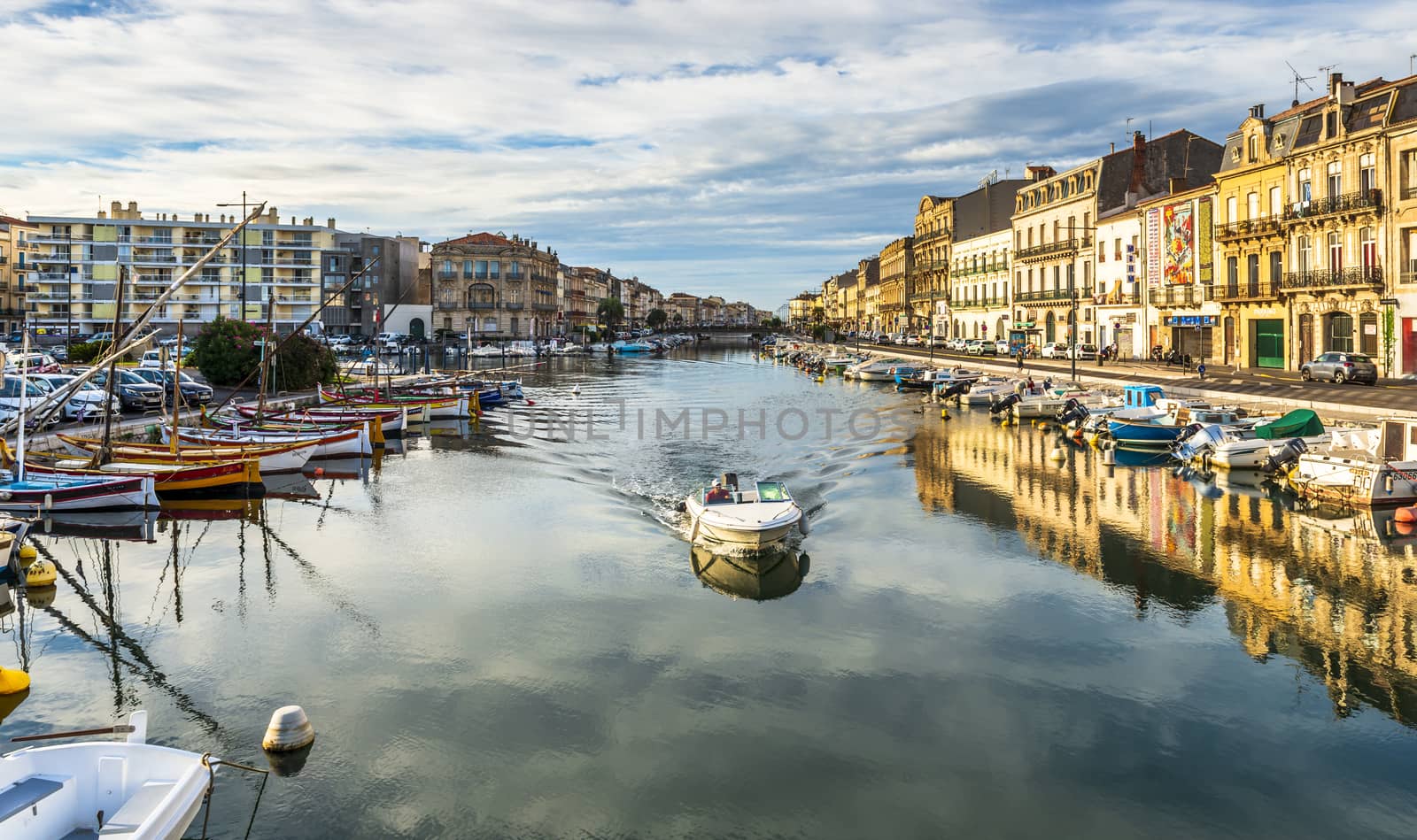
Panoramic view of the royal canal of Sète with a boat circulating, on a summer morning, in Hérault in Occitanie, France.
Stock PhotoUsername
FredericResolution
7360x4364pxPanoramic view of the royal canal of Sète with a boat circulating, on a summer morning, in Hérault in Occitanie, France.

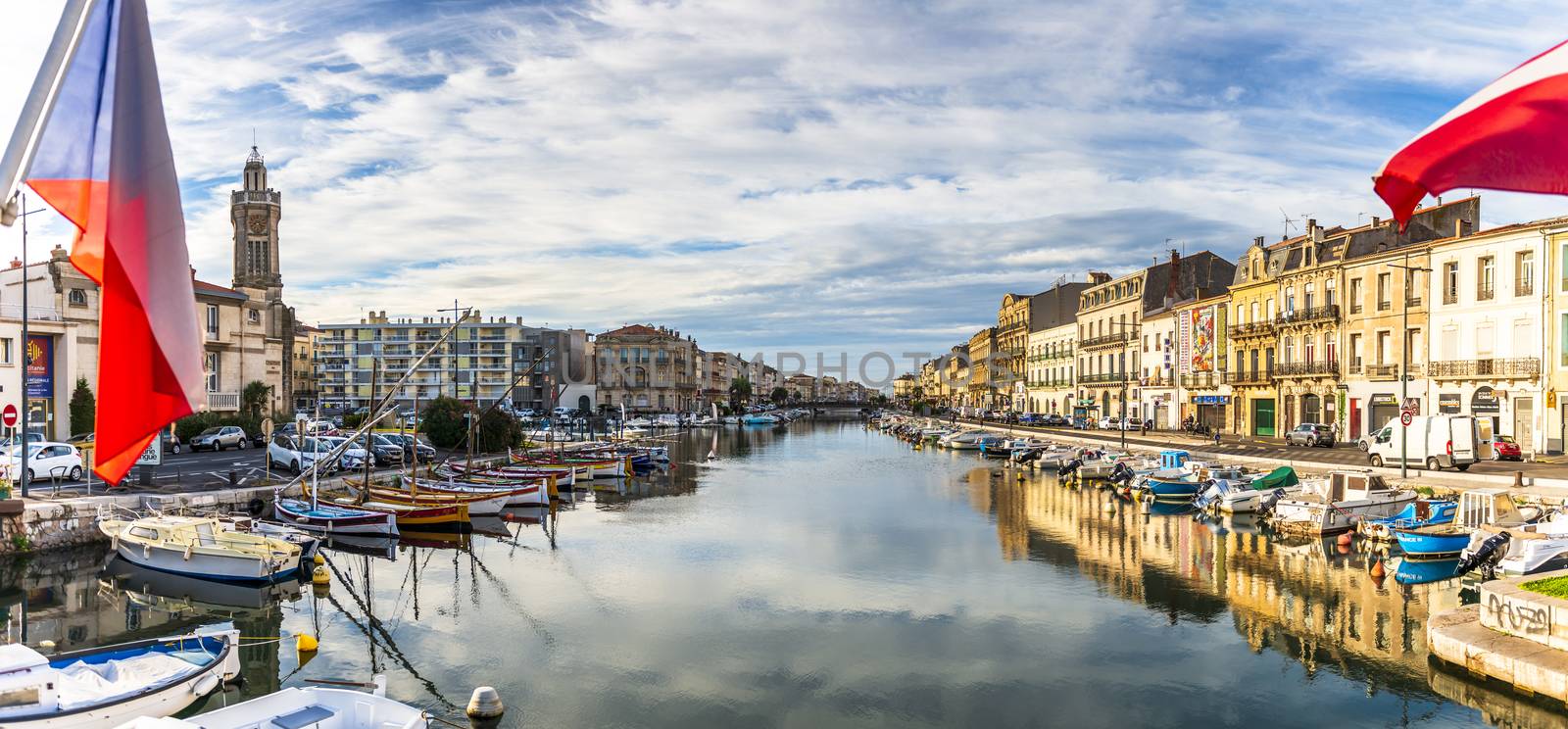
Panoramic view of the Sète canal in the morning in summer, in Hérault in Occitania, France
Stock PhotoUsername
FredericResolution
9195x4278pxPanoramic view of the Sète canal in the morning in summer, in Hérault in Occitania, France


Panoramic of the Sete canal and the Consular Palace, in Herault in Occitania, France.
Stock PhotoUsername
FredericResolution
7360x4912pxPanoramic of the Sete canal and the Consular Palace, in Herault in Occitania, France.
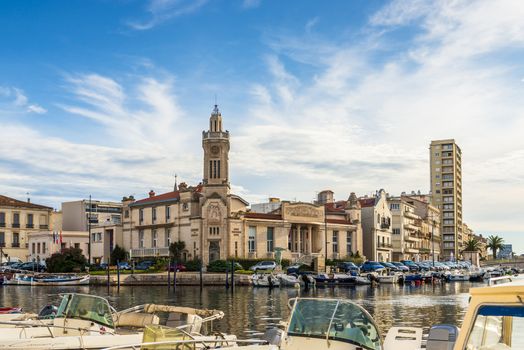

Boats on the Royal Canal, in front of the Consular Palace at Sète in Herault, Occitanie, France.
Stock PhotoUsername
FredericResolution
8835x4643pxBoats on the Royal Canal, in front of the Consular Palace at Sète in Herault, Occitanie, France.
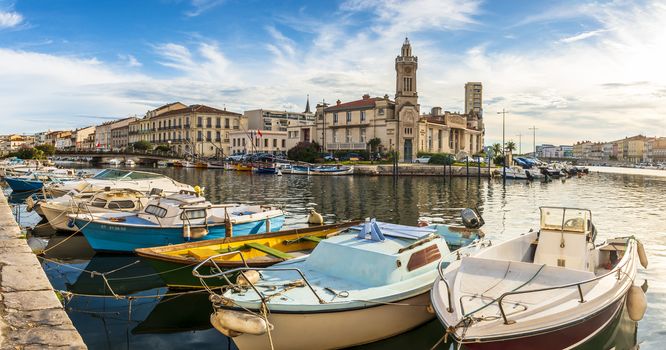
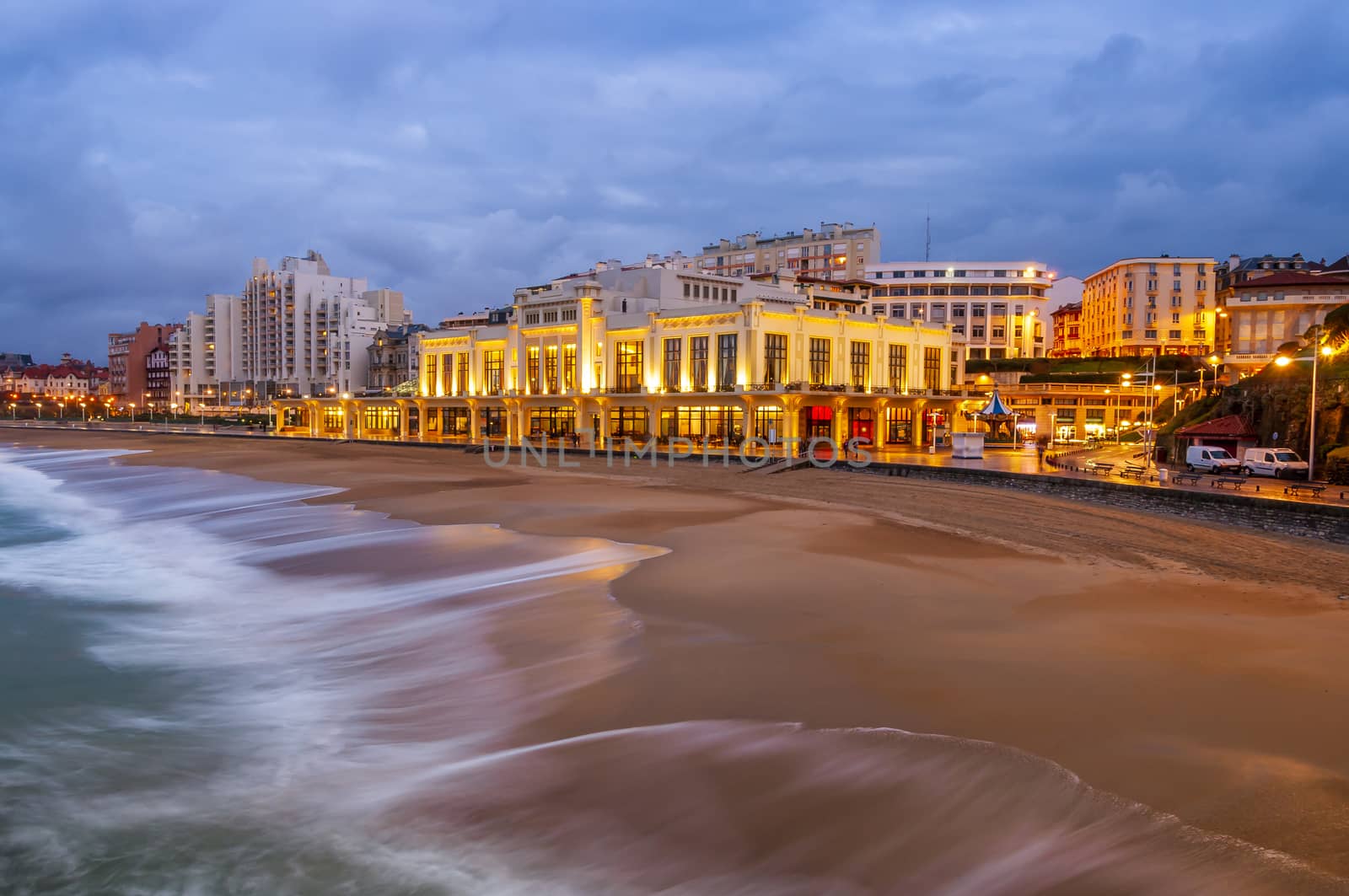
Casino on the beach of Biarritz in the Basque Country in New Aquitaine, at sunset, France
Stock PhotoUsername
FredericResolution
3884x2580pxCasino on the beach of Biarritz in the Basque Country in New Aquitaine, at sunset, France

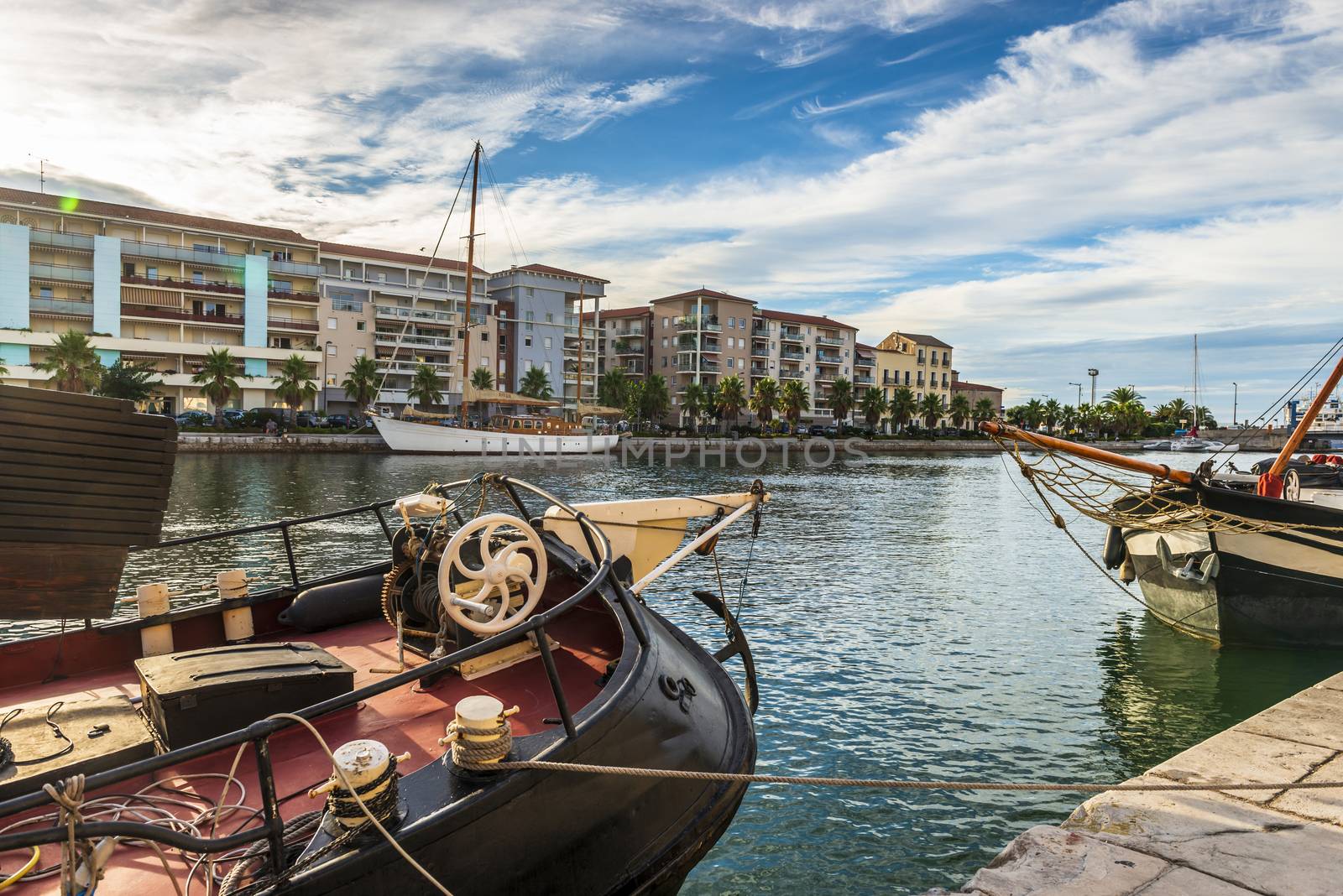
Panoramic view of the maritime canal of Sète in the morning in summer, in Hérault in Occitanie, France
Stock PhotoUsername
FredericResolution
7360x4912pxPanoramic view of the maritime canal of Sète in the morning in summer, in Hérault in Occitanie, France

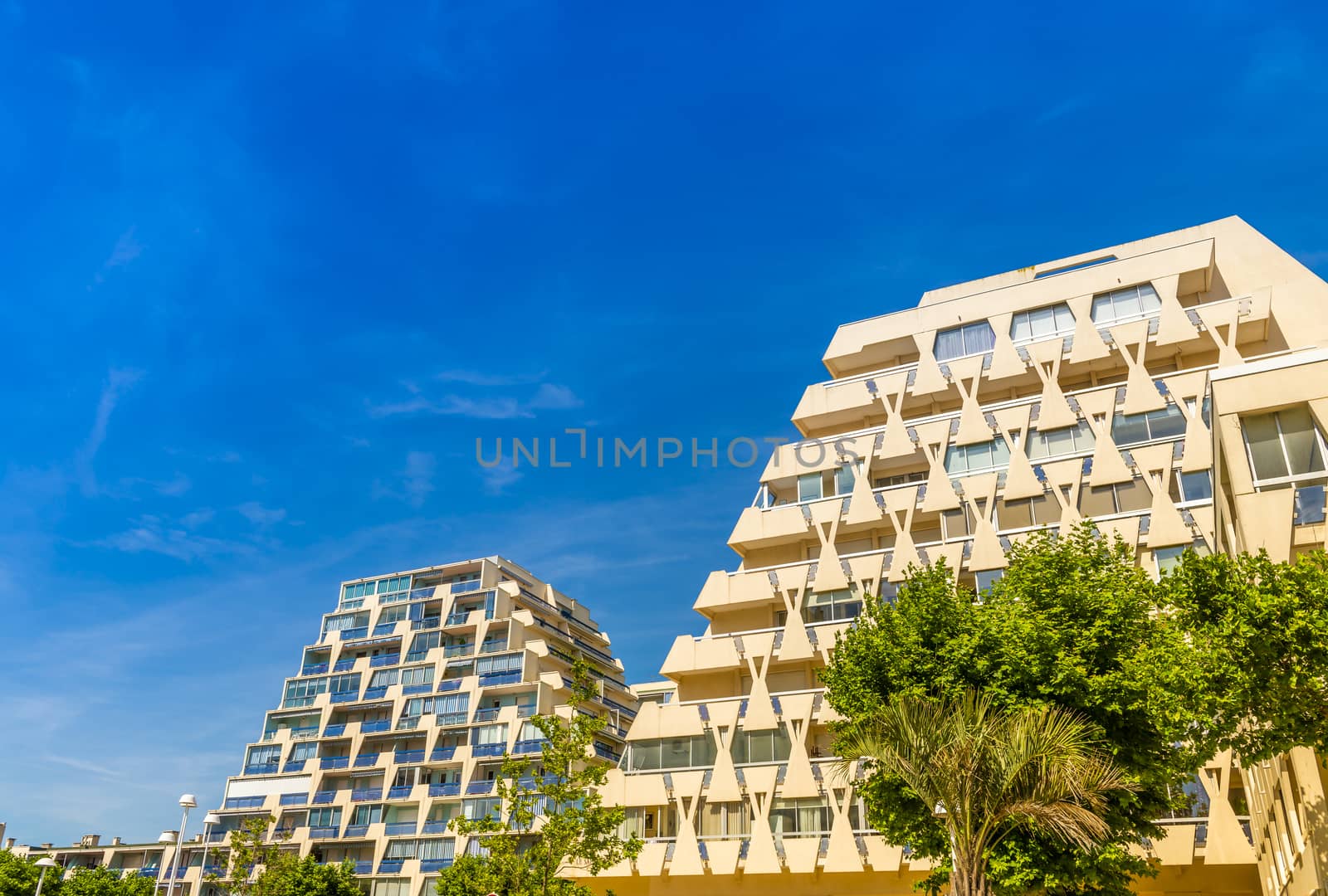
emblematic buildings of La Grande Motte in the Hérault, Occitania, France
Stock PhotoUsername
FredericResolution
7192x4855pxemblematic buildings of La Grande Motte in the Hérault, Occitania, France

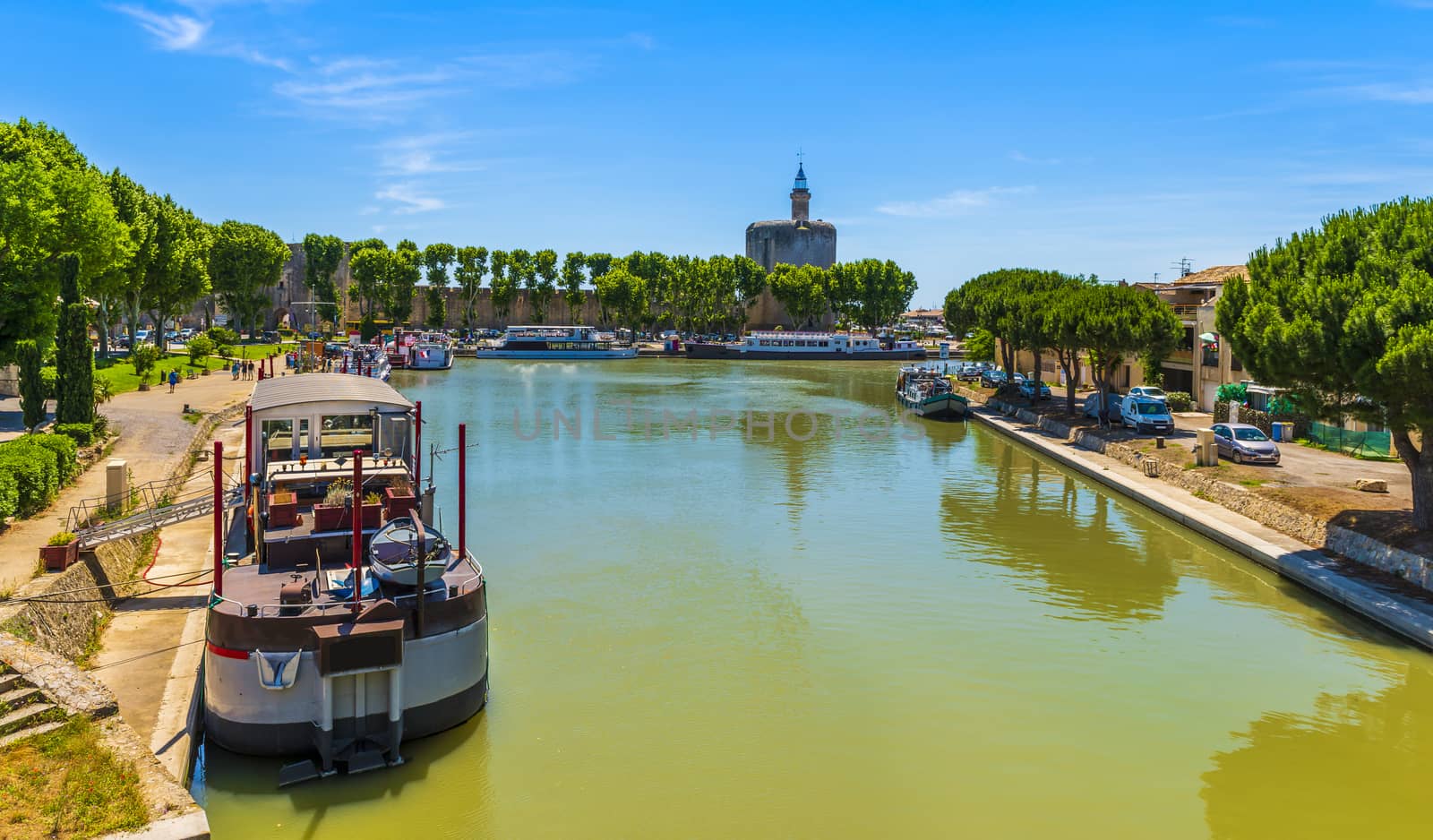
The Bourgidou canal is a small canal that connects Aigues-Mortes to the Petit-Rhone in the Gard in the Occitania region, in the so.
Stock PhotoUsername
FredericResolution
7358x4313pxThe Bourgidou canal is a small canal that connects Aigues-Mortes to the Petit-Rhone in the Gard in the Occitania region, in the so.

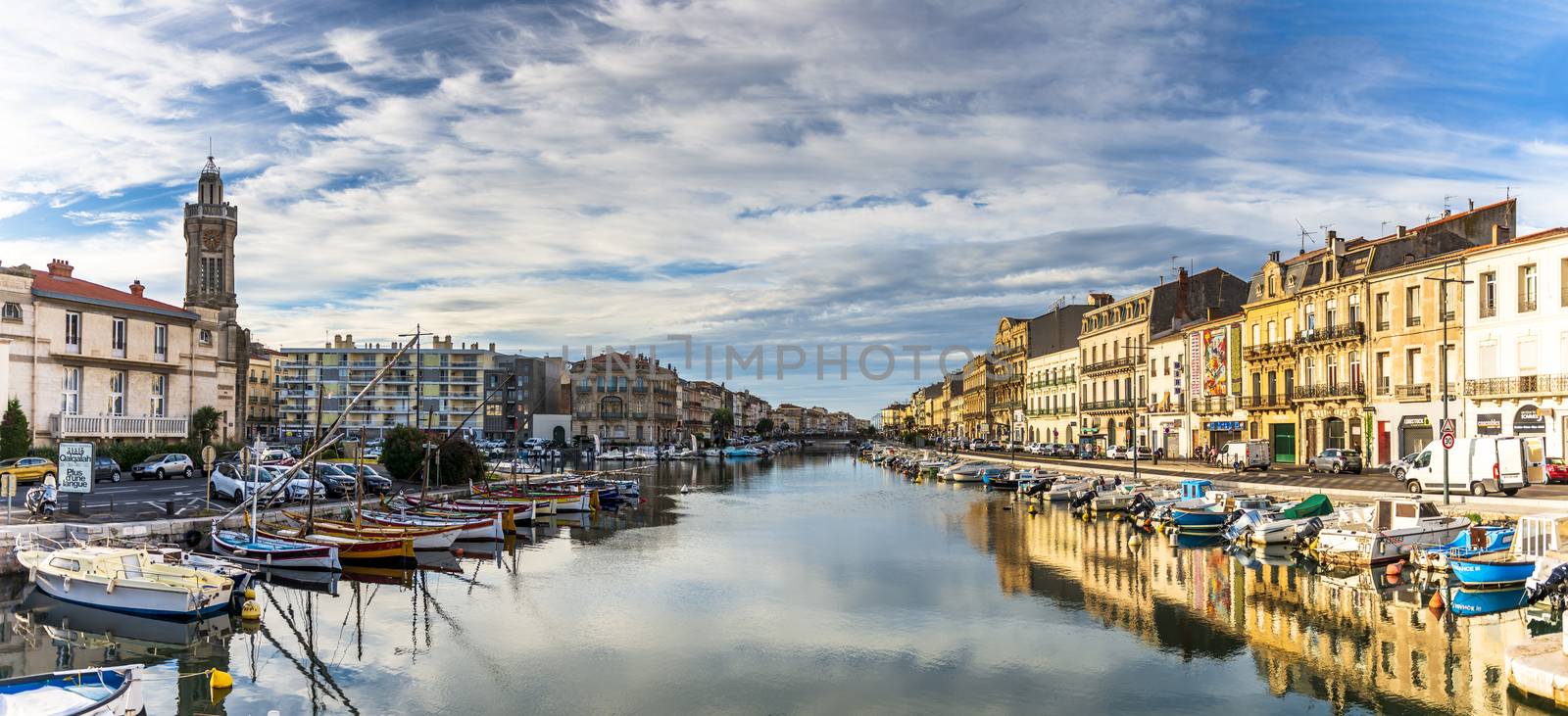
Panoramic view of the Sète canal in the morning in summer, in Hérault in Occitania, France
Stock PhotoUsername
FredericResolution
8691x3970pxPanoramic view of the Sète canal in the morning in summer, in Hérault in Occitania, France

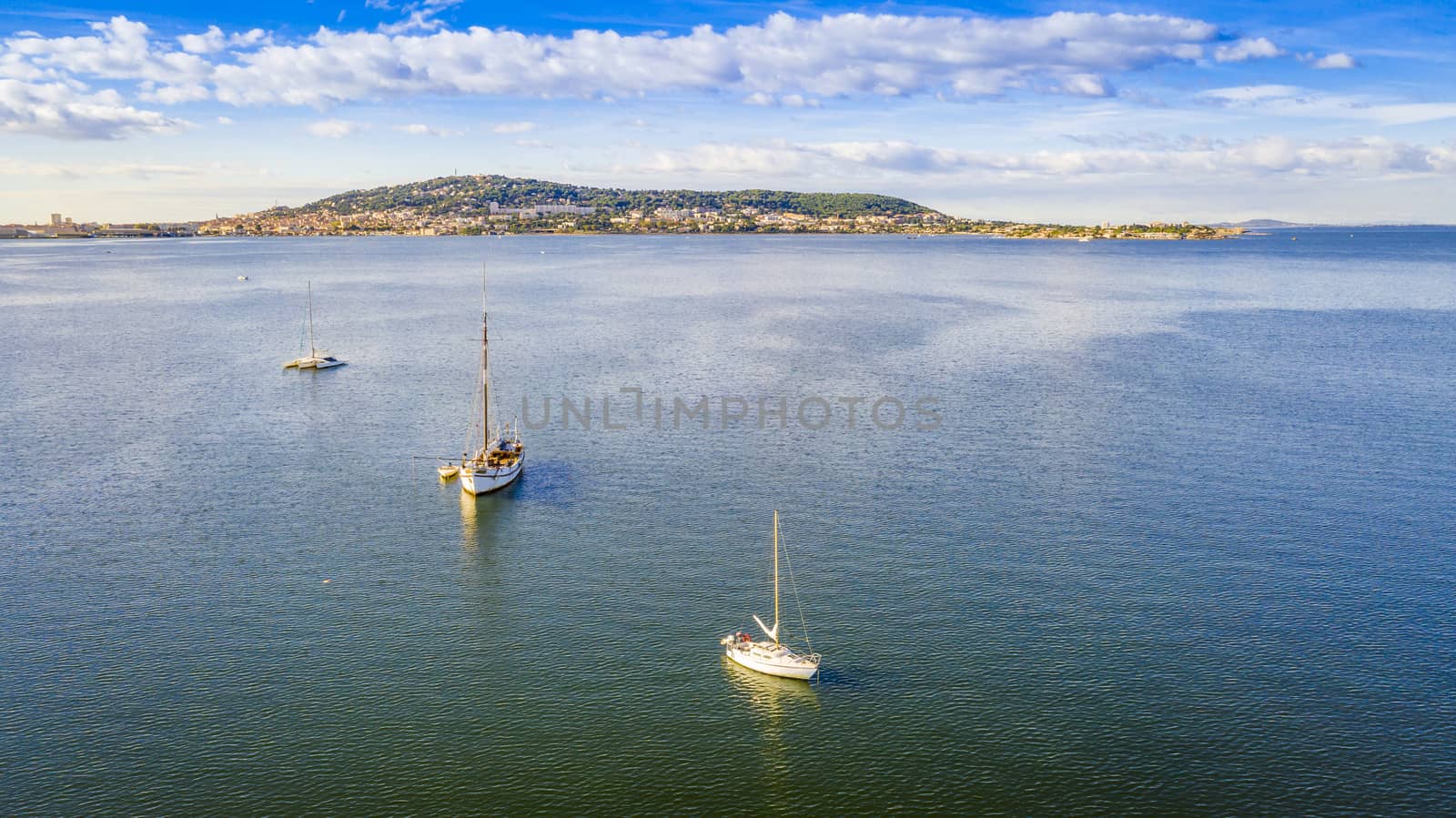
Aerial view of the pond of Thau and Sete from Balaruc les Bains in Occitania, France
Stock PhotoUsername
FredericResolution
5309x2983pxAerial view of the pond of Thau and Sete from Balaruc les Bains in Occitania, France


Pyramid buildings in La Grande-Motte, in the Hérault department, in the Occitanie region, France.
Stock PhotoUsername
FredericResolution
7360x2872pxPyramid buildings in La Grande-Motte, in the Hérault department, in the Occitanie region, France.
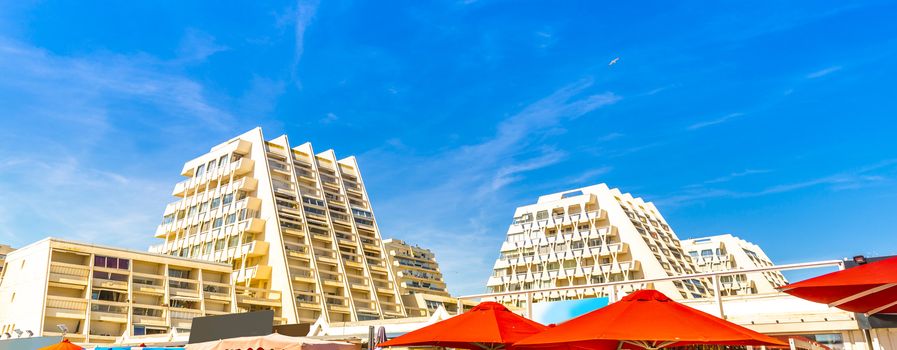
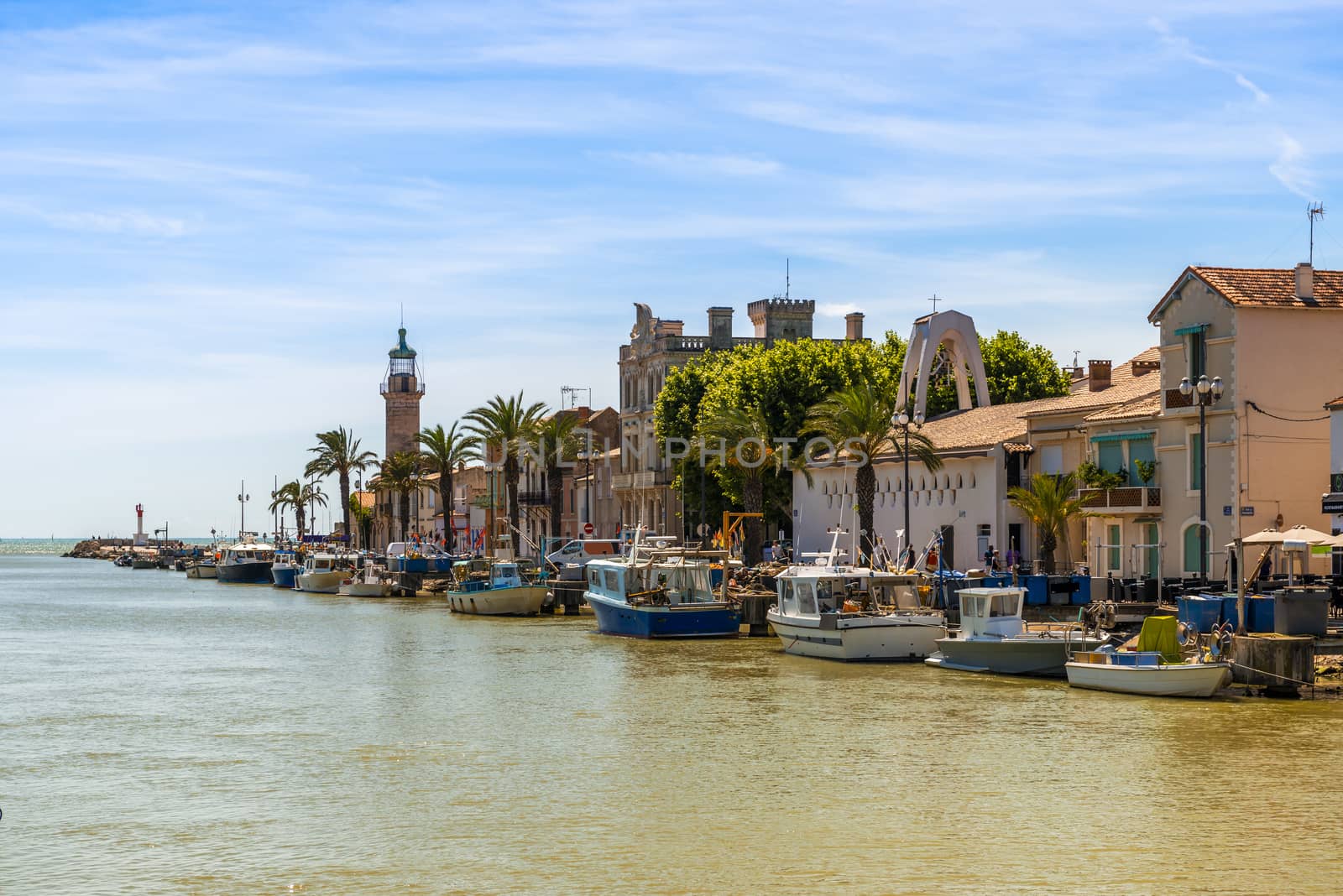
Panorama of Grau du Roi and the Canal Saint-Louis flowing into the Mediterranean, in the Gard in Occitanie, France.
Stock PhotoUsername
FredericResolution
7326x4889pxPanorama of Grau du Roi and the Canal Saint-Louis flowing into the Mediterranean, in the Gard in Occitanie, France.


The Grau du Roi in the Gard in Occitania, France.
Stock PhotoUsername
FredericResolution
6257x4912pxThe Grau du Roi in the Gard in Occitania, France.
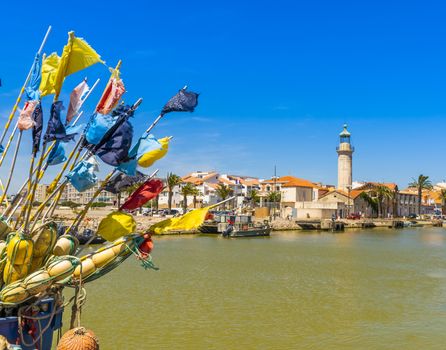
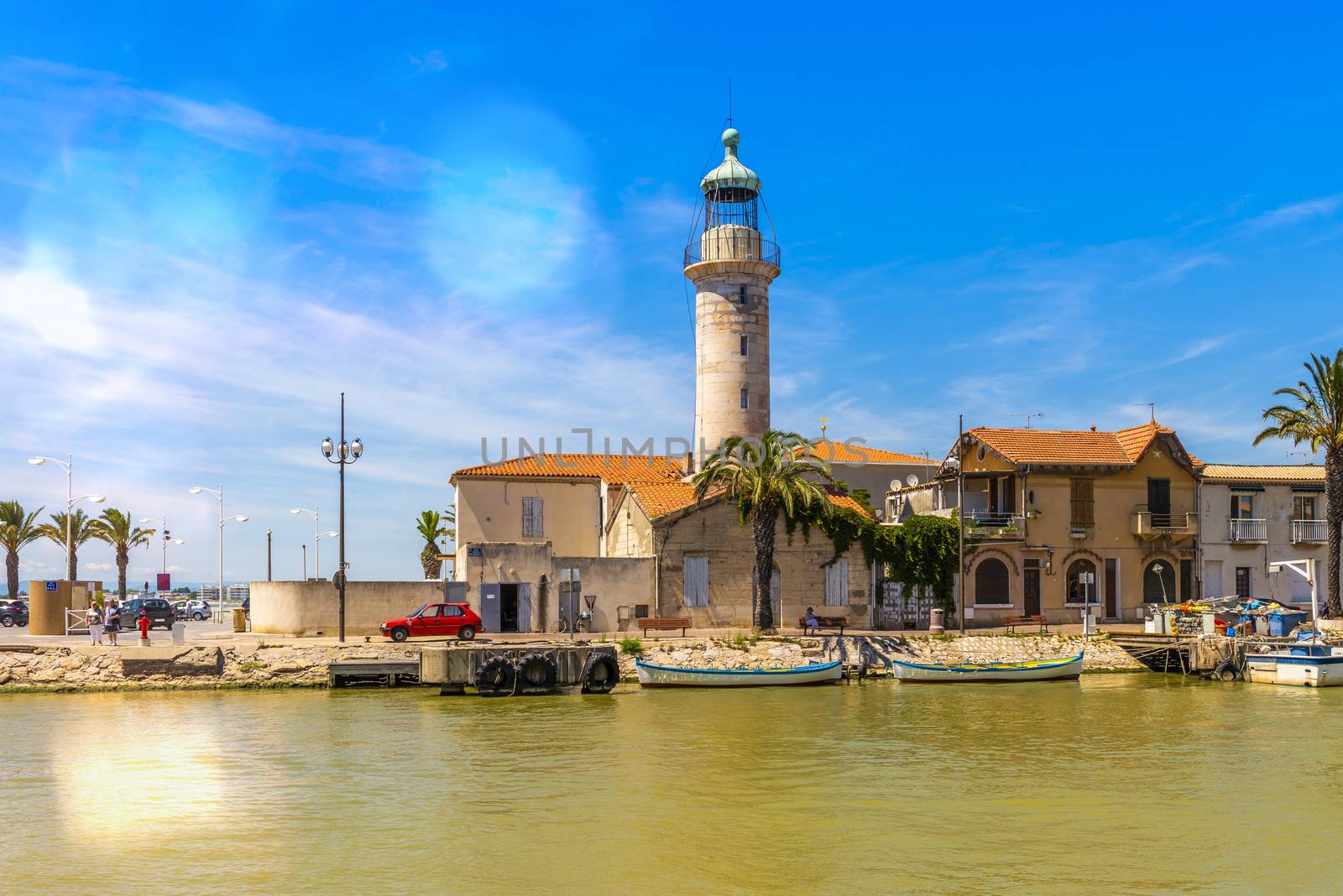
Old lighthouse of Grau du Roi, in Gard in Occitanie, France
Stock PhotoUsername
FredericResolution
7360x4912pxOld lighthouse of Grau du Roi, in Gard in Occitanie, France

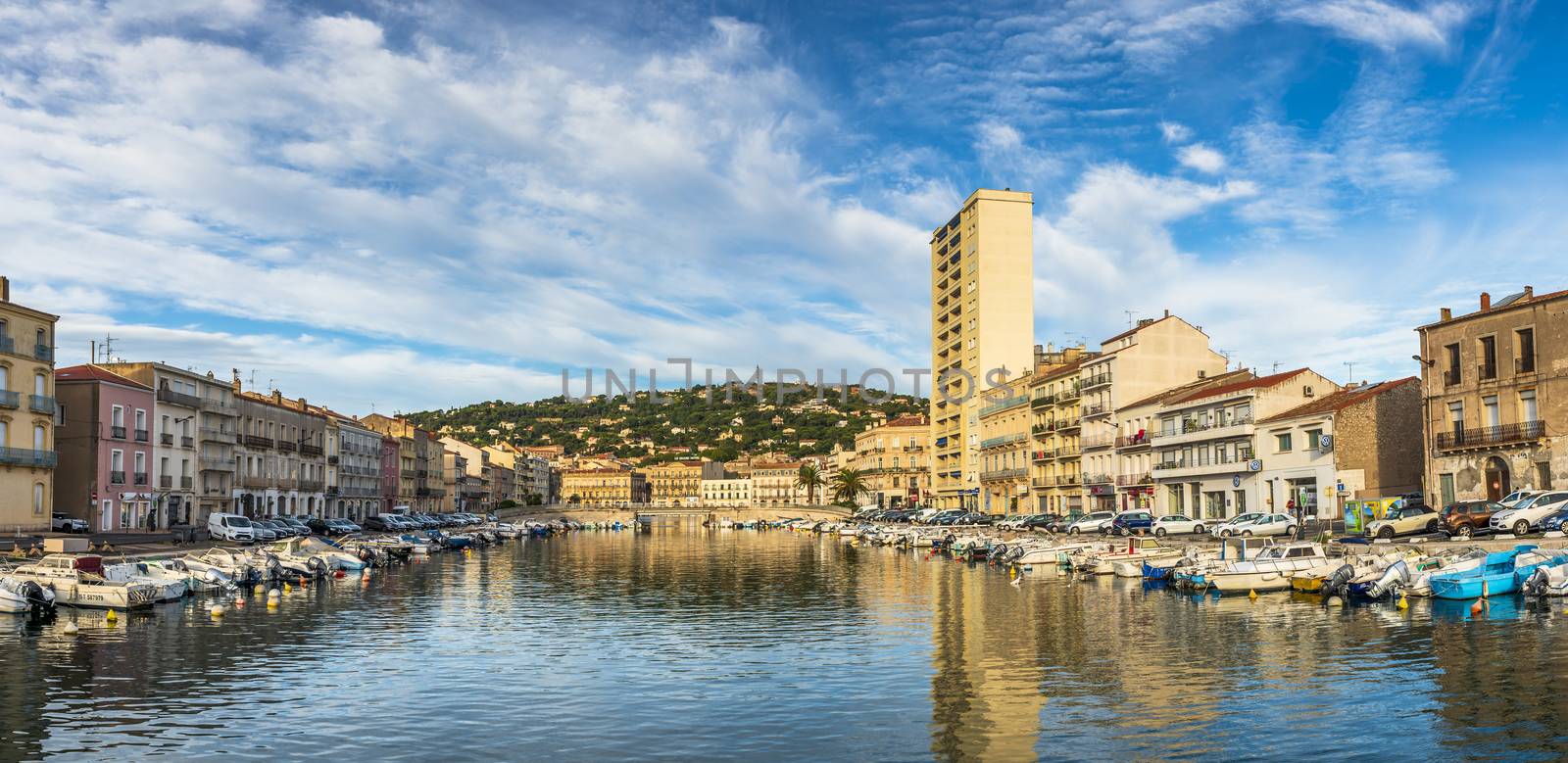
The panorama of the πeyrade canal in Sète, from the stone bridge, in Occitanie, France.
Stock PhotoUsername
FredericResolution
8699x4235pxThe panorama of the πeyrade canal in Sète, from the stone bridge, in Occitanie, France.

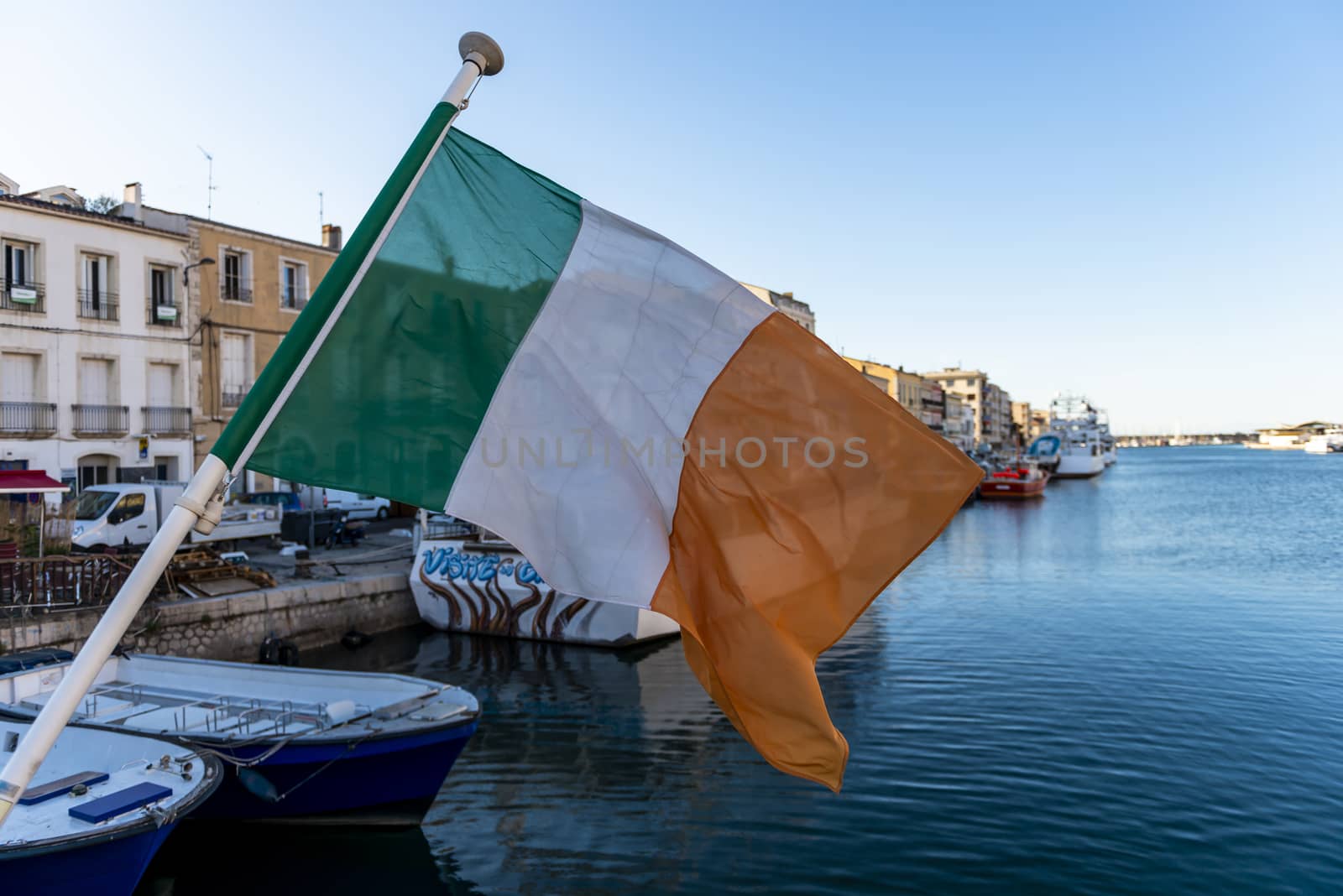
Irish flag floating above the canal in Sète in Herault, in Occitania, in France.
Stock PhotoUsername
FredericResolution
7360x4912pxIrish flag floating above the canal in Sète in Herault, in Occitania, in France.

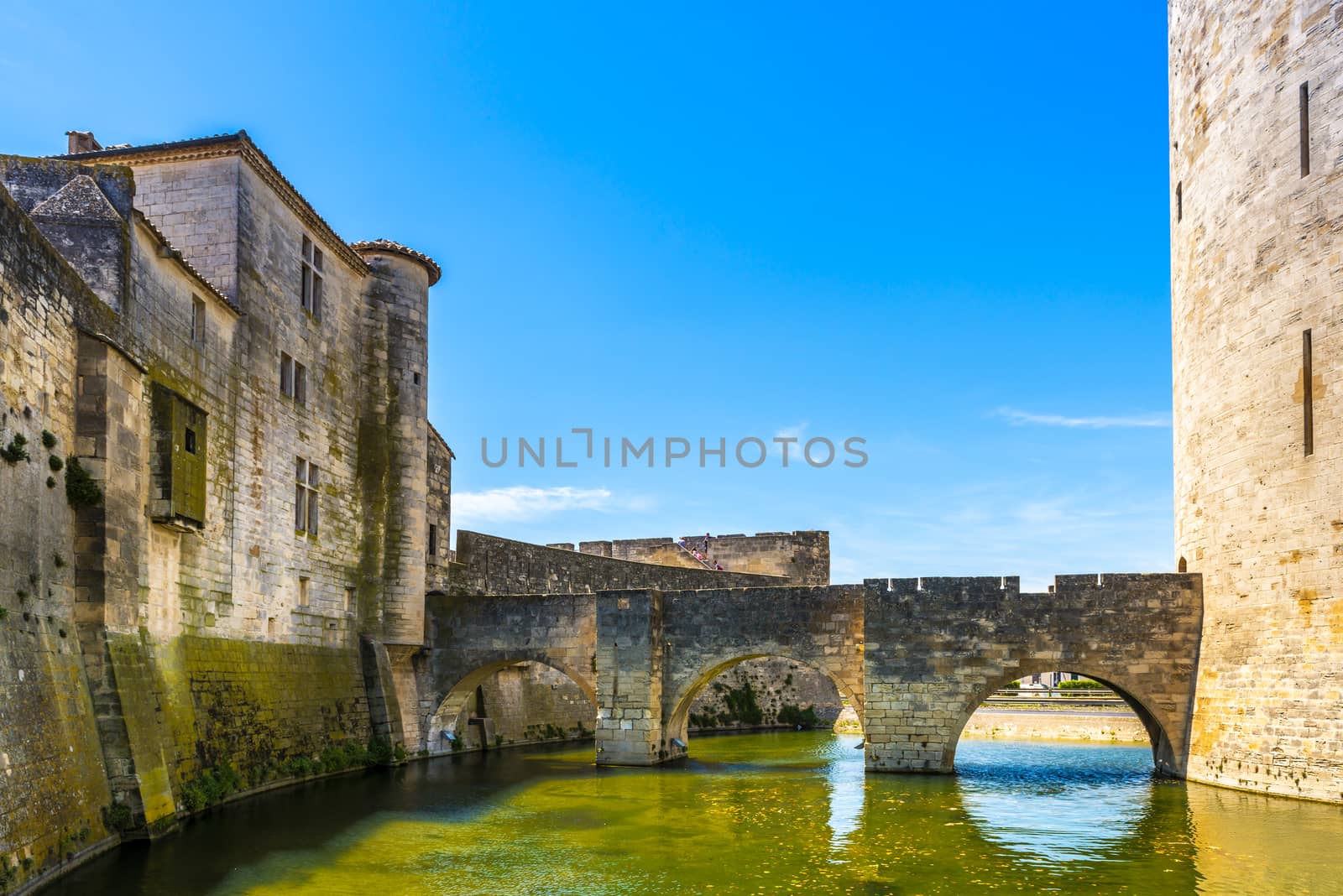
Bridge leading to the Tour de Constance, crossing the moat at Aigues-Mortes in the south of France, in the Gard department.
Stock PhotoUsername
FredericResolution
7360x4912pxBridge leading to the Tour de Constance, crossing the moat at Aigues-Mortes in the south of France, in the Gard department.

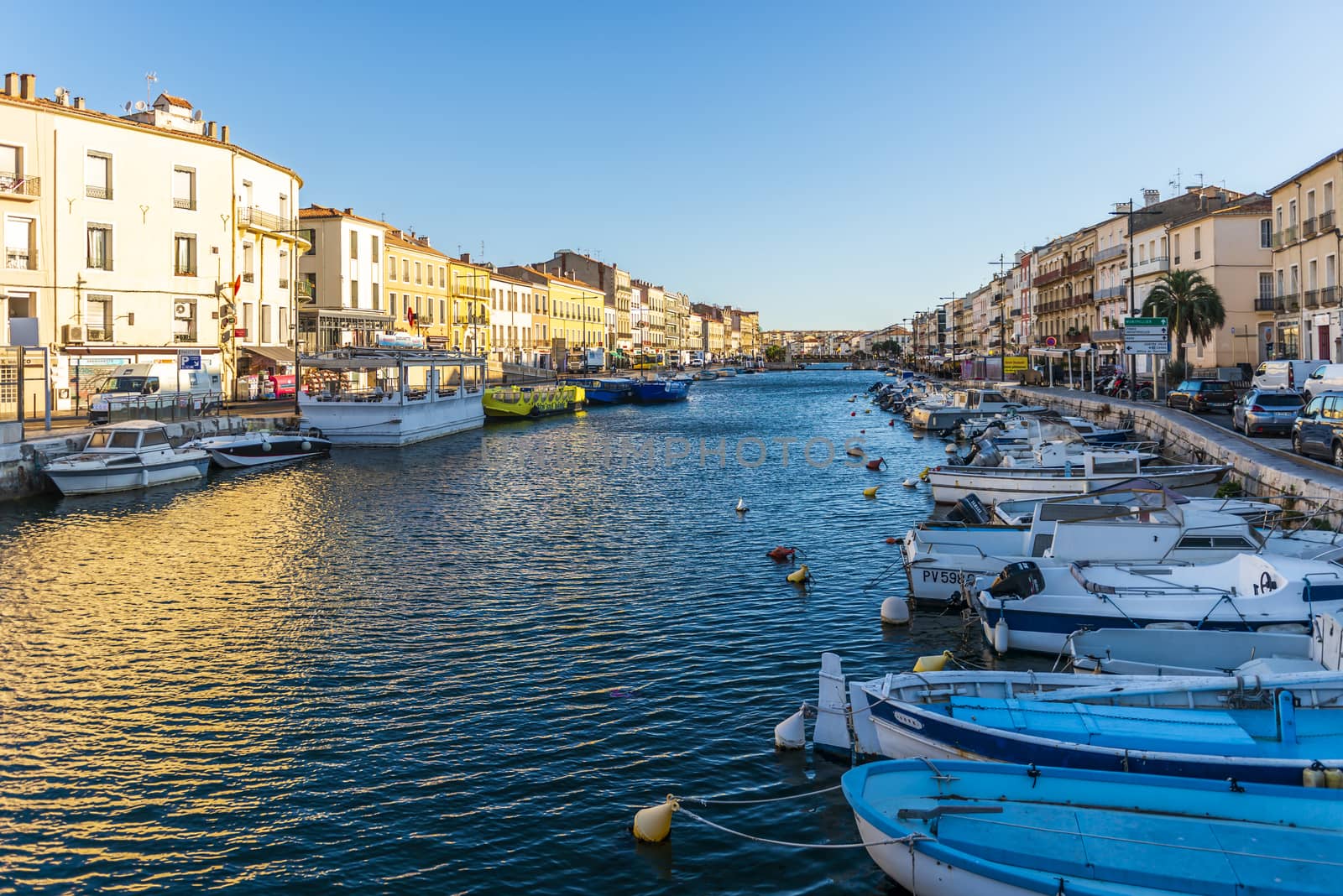
A sunny day in Sète in Hérault, in Occitania, France.
Stock PhotoUsername
FredericResolution
7102x4740pxA sunny day in Sète in Hérault, in Occitania, France.

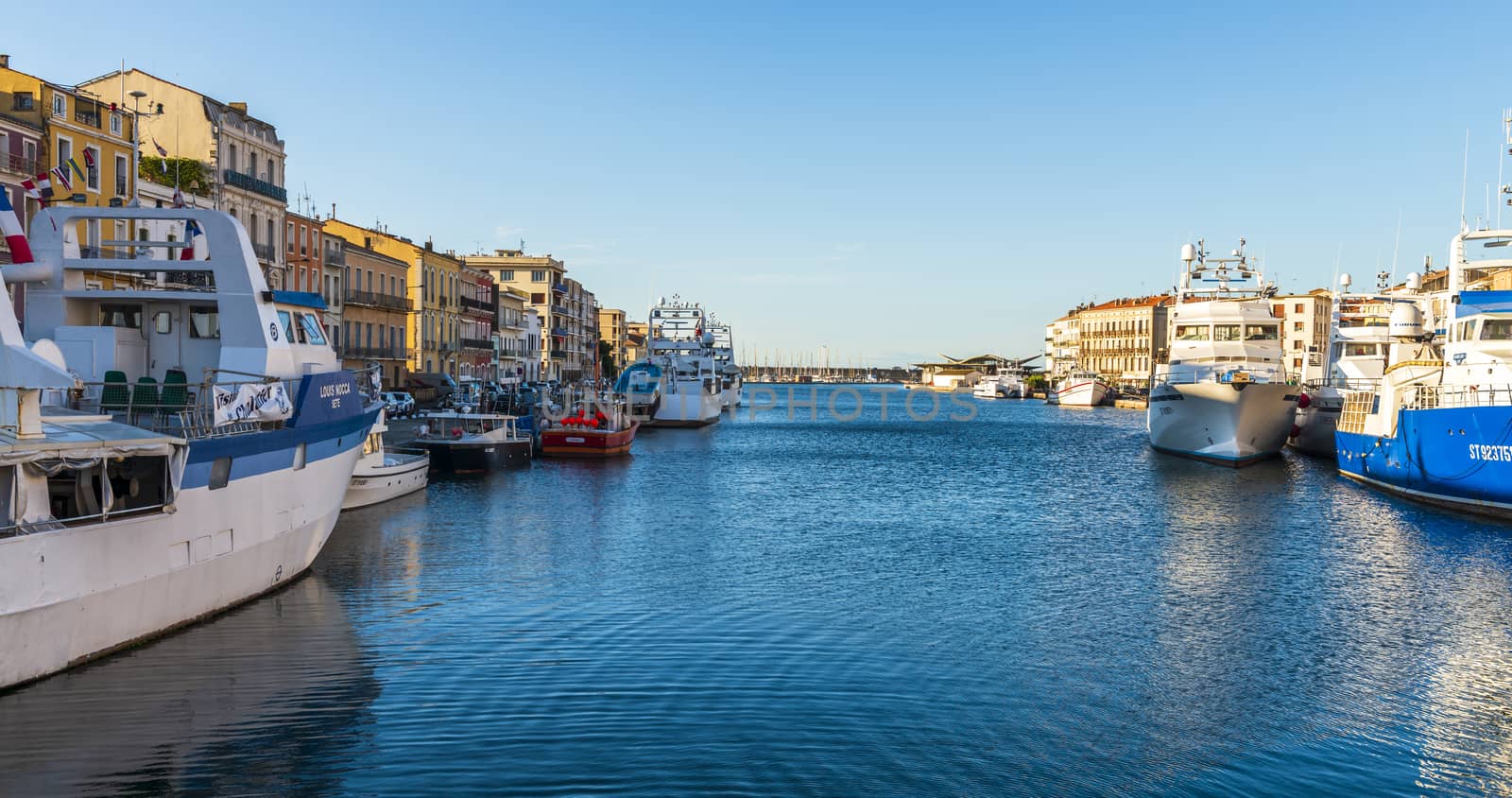
Sète Canal with its boats and trawlers, on a summer morning, in Sète in the Herault, inOccitania in France.
Stock PhotoUsername
FredericResolution
7360x3883pxSète Canal with its boats and trawlers, on a summer morning, in Sète in the Herault, inOccitania in France.

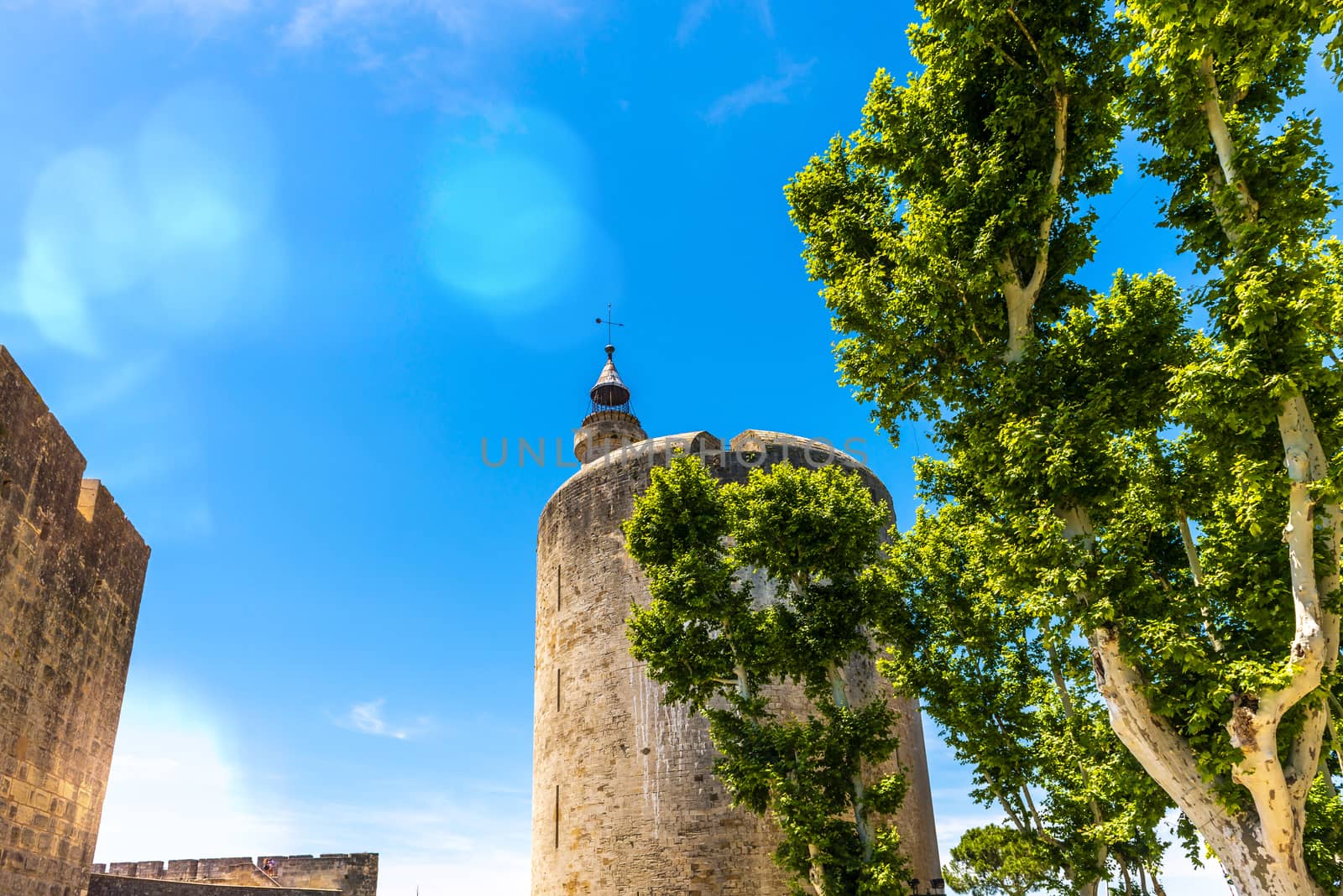
Tour Constance and the ramparts of Aigues-Mortes in Gard in Occitanie, France
Stock PhotoUsername
FredericResolution
7360x4912pxTour Constance and the ramparts of Aigues-Mortes in Gard in Occitanie, France

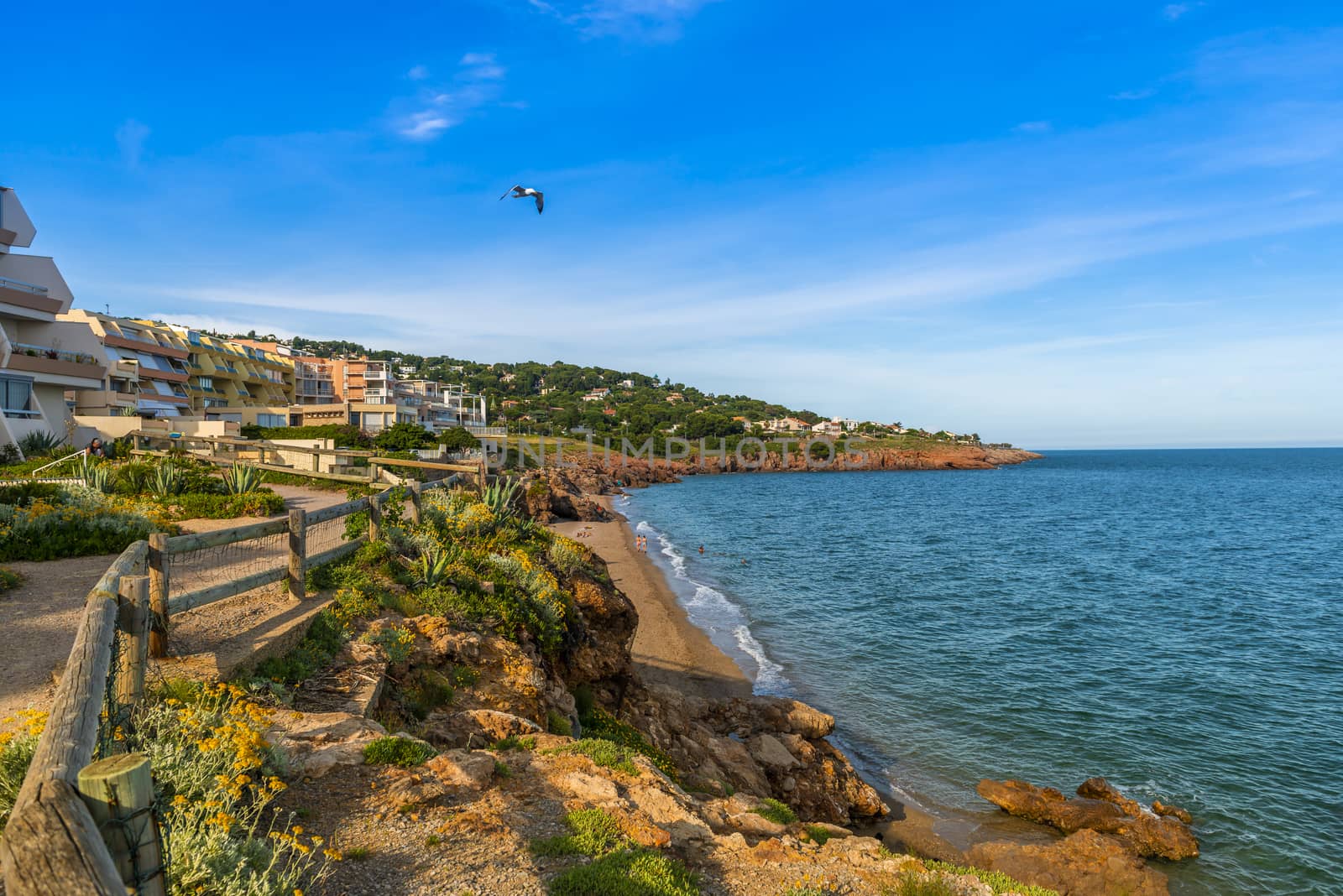
The coast of the cornice in Sete, along the Mediterranean Sea, in the Herault, in Occitanie, in France.
Stock PhotoUsername
FredericResolution
7360x4912pxThe coast of the cornice in Sete, along the Mediterranean Sea, in the Herault, in Occitanie, in France.

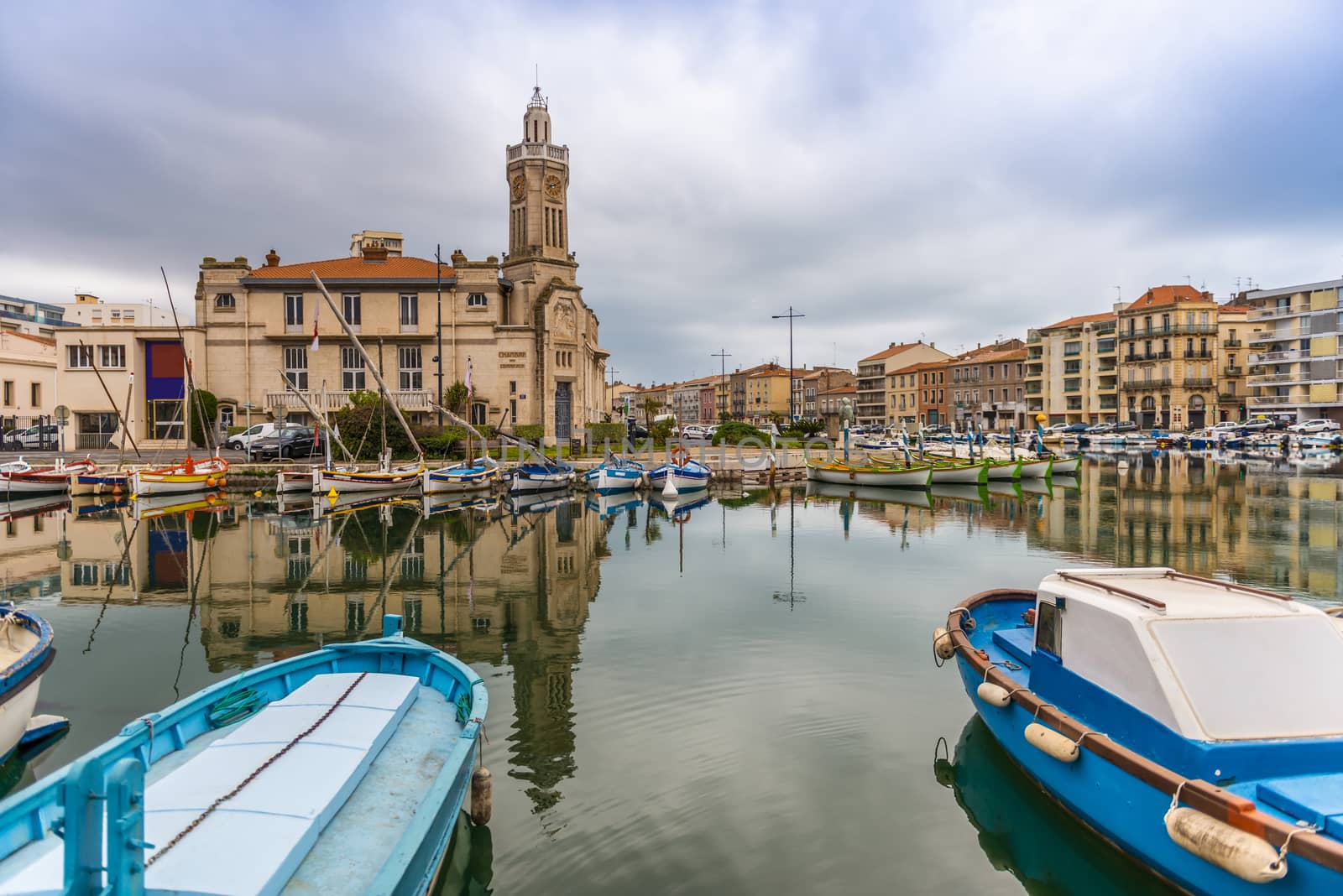
View of Sète on the royal canal under a busy sky, in the Herault in Occitanie, France.
Stock PhotoUsername
FredericResolution
7360x4912pxView of Sète on the royal canal under a busy sky, in the Herault in Occitanie, France.

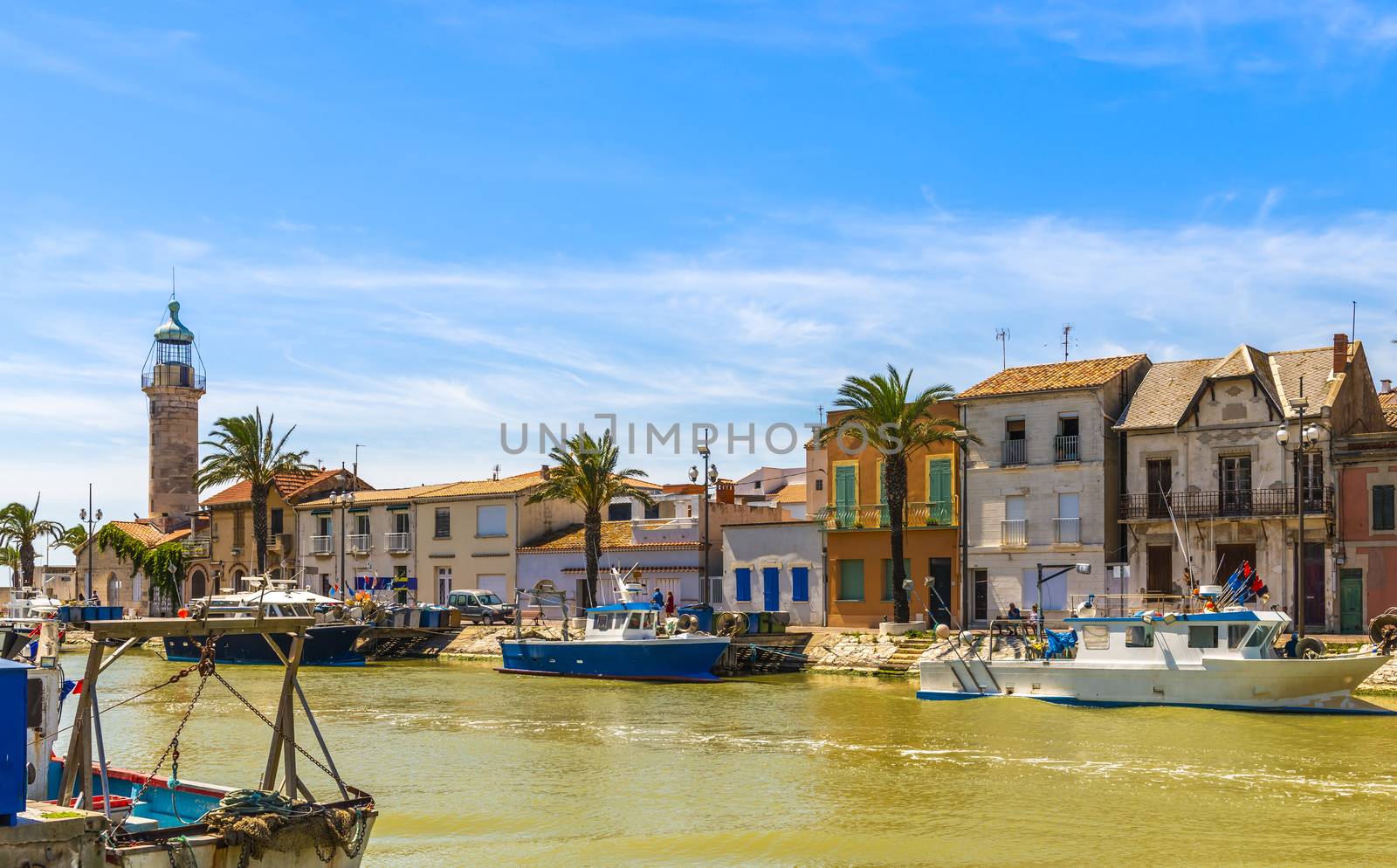
Quai du General de Gaulle and the old lighthouse at Grau du Roi, in the Gard department in Occitania, France.
Stock PhotoUsername
FredericResolution
6691x4157pxQuai du General de Gaulle and the old lighthouse at Grau du Roi, in the Gard department in Occitania, France.

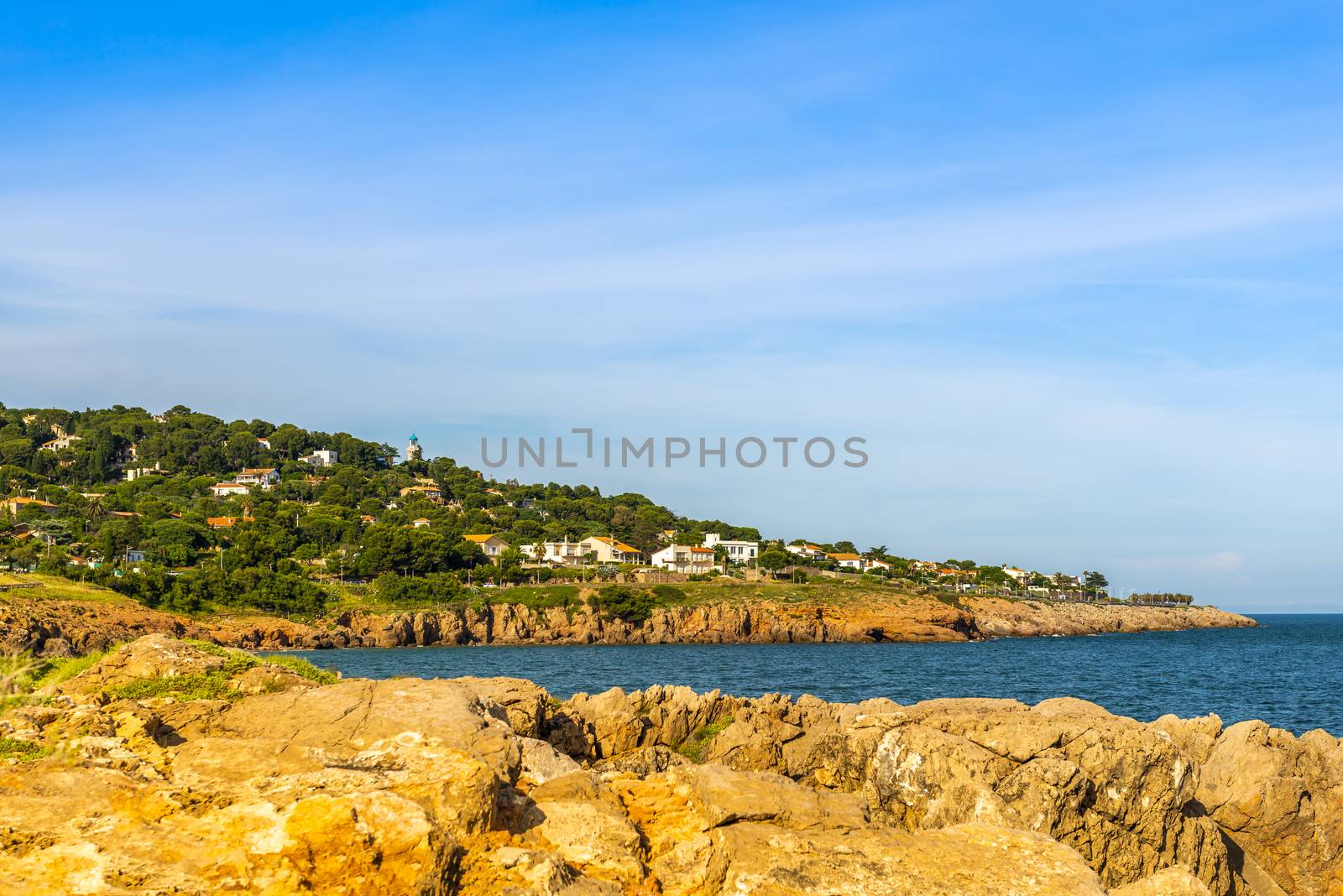
The cornice in Sète and the blue of the Mediterranean Sea, in the Hérault in Occitanie, France.
Stock PhotoUsername
FredericResolution
7167x4783pxThe cornice in Sète and the blue of the Mediterranean Sea, in the Hérault in Occitanie, France.

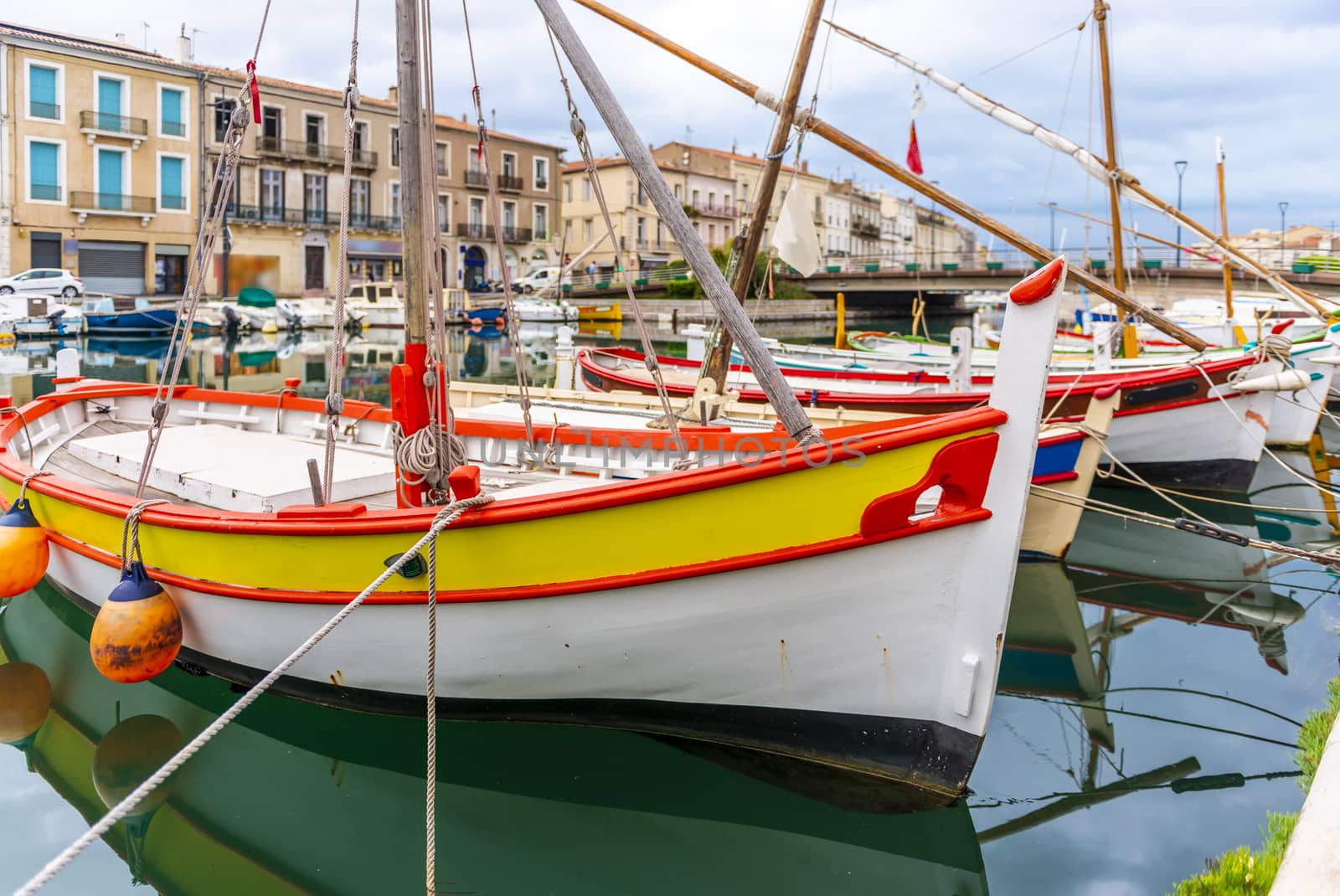
Small typical Languedoc sailboats, on the canals in Sète. In the south of France.
Stock PhotoUsername
FredericResolution
7123x4762pxSmall typical Languedoc sailboats, on the canals in Sète. In the south of France.


Panoramic of the Peyrade canal and its facades in Sète, in the Herault in Occitanie.
Stock PhotoUsername
FredericResolution
12615x3815pxPanoramic of the Peyrade canal and its facades in Sète, in the Herault in Occitanie.

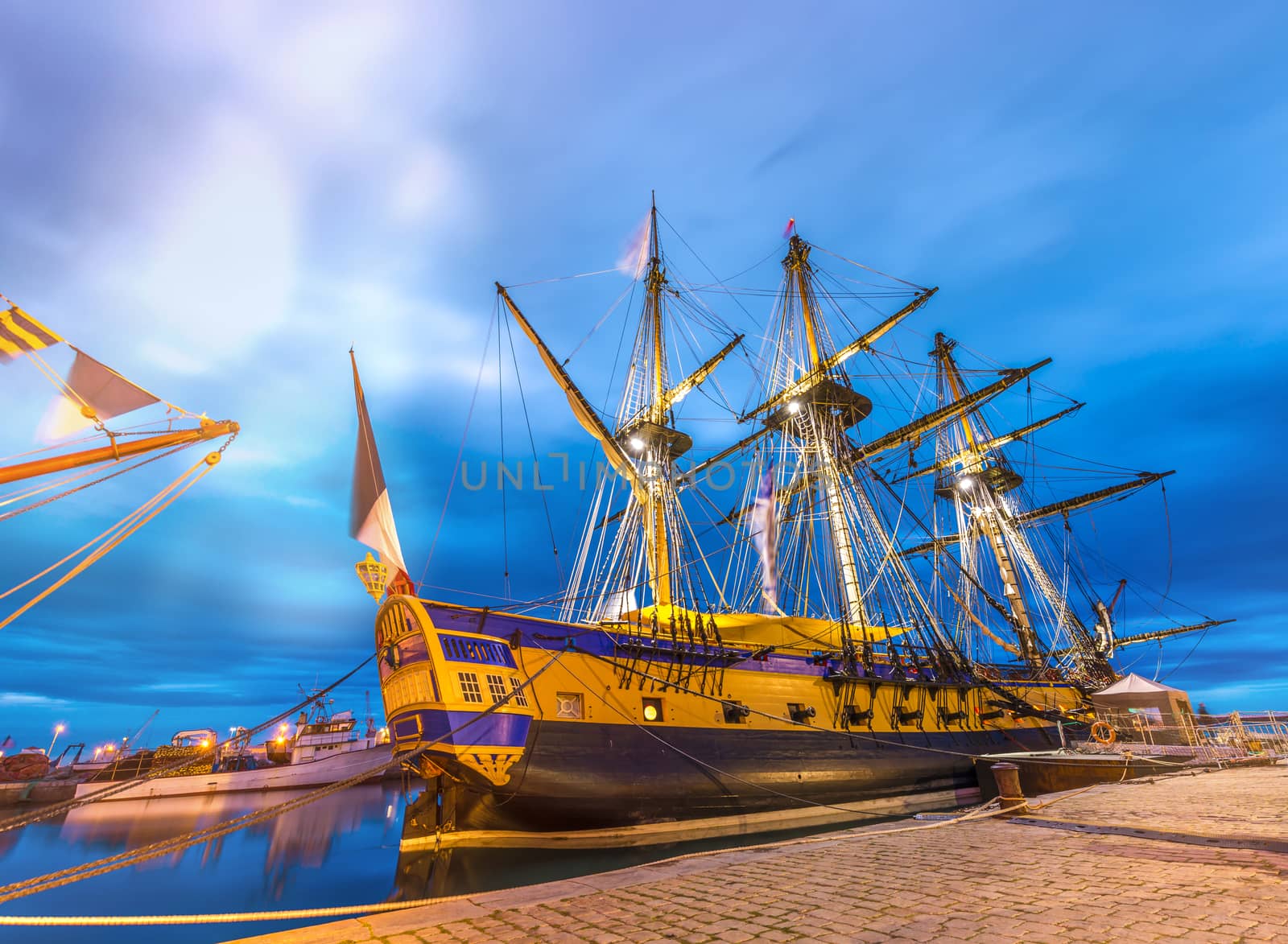
This magnificent reproduction of one of the emblematic ships of the French navy, the Hermione.
Stock PhotoUsername
FredericResolution
6509x4772pxThis magnificent reproduction of one of the emblematic ships of the French navy, the Hermione.

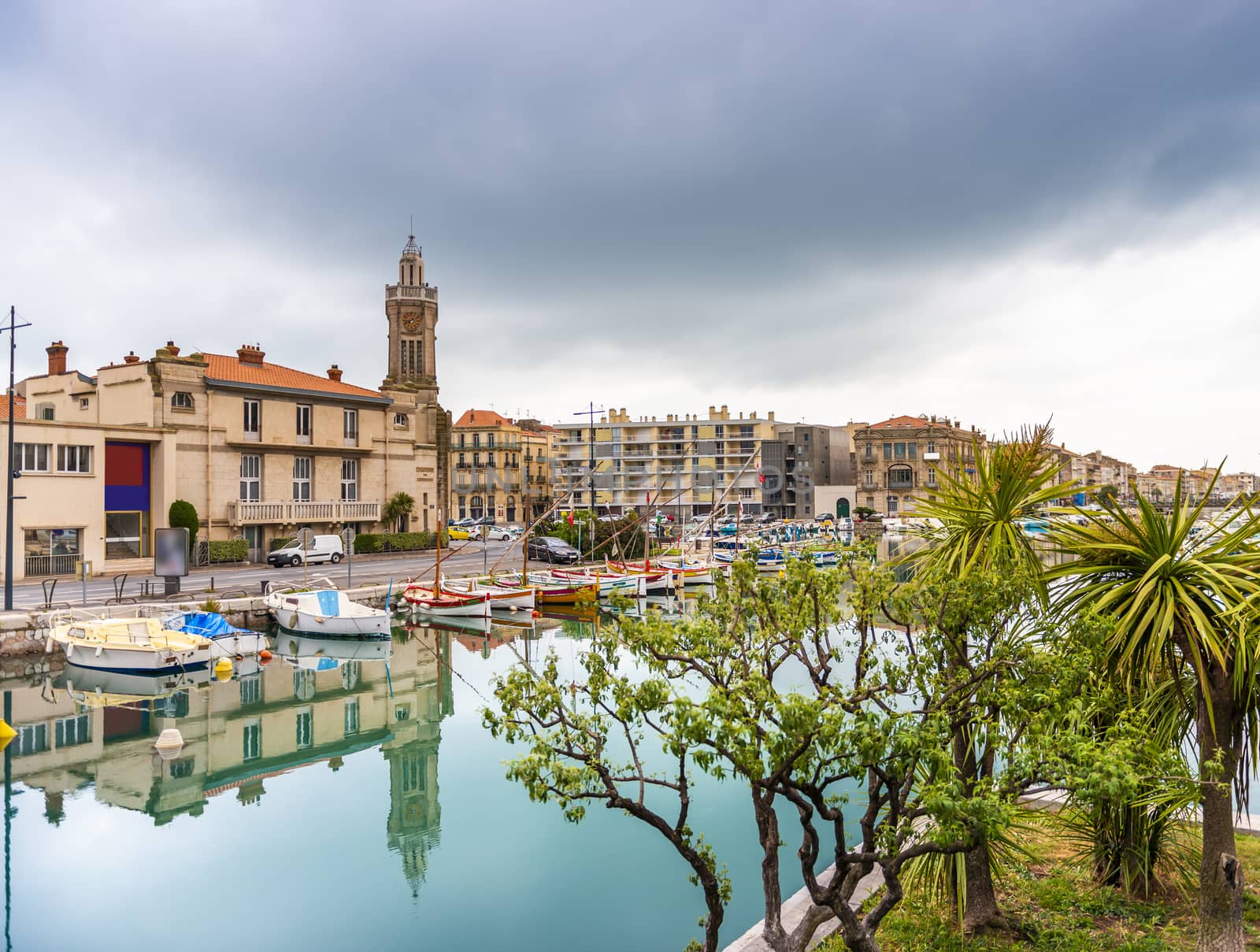
Reflections of the old chamber of commerce, on the royal canal in Sète under a very overcast sky.
Stock PhotoUsername
FredericResolution
6499x4912pxReflections of the old chamber of commerce, on the royal canal in Sète under a very overcast sky.

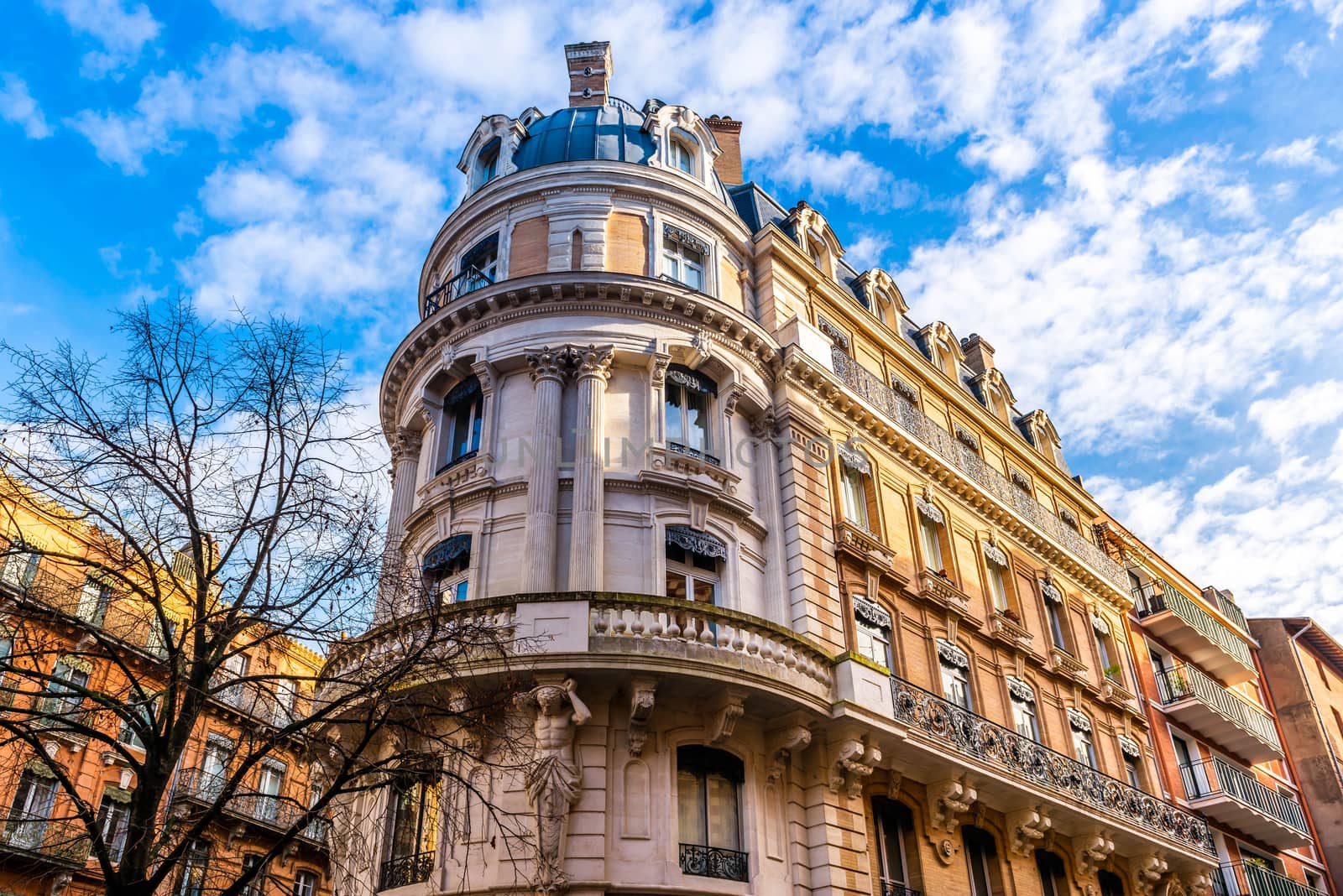
Typical Toulouse building in the center of Toulouse in Haute-Garonne.
Stock PhotoUsername
FredericResolution
6671x4452pxTypical Toulouse building in the center of Toulouse in Haute-Garonne.


The old building of the chamber of commerce on the Peyrade canal, with reflections on the water, in Sète.
Stock PhotoUsername
FredericResolution
7360x4912pxThe old building of the chamber of commerce on the Peyrade canal, with reflections on the water, in Sète.
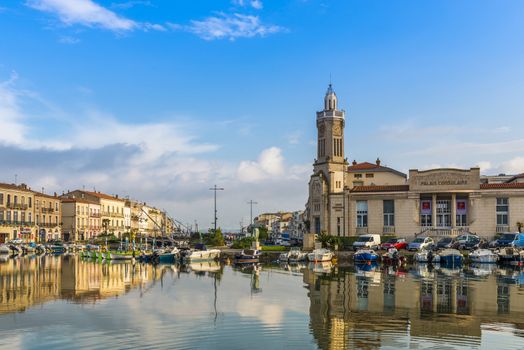

This magnificent reproduction of one of the emblematic ships of the French navy, the Hermione.
Stock PhotoUsername
FredericResolution
7360x4912pxThis magnificent reproduction of one of the emblematic ships of the French navy, the Hermione.
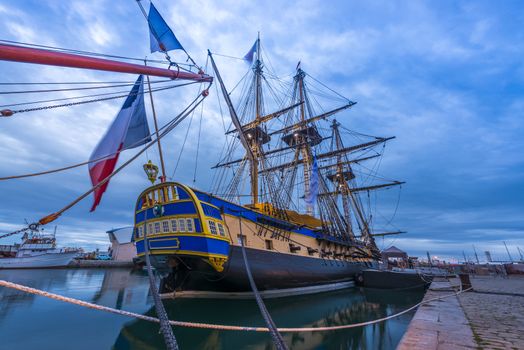
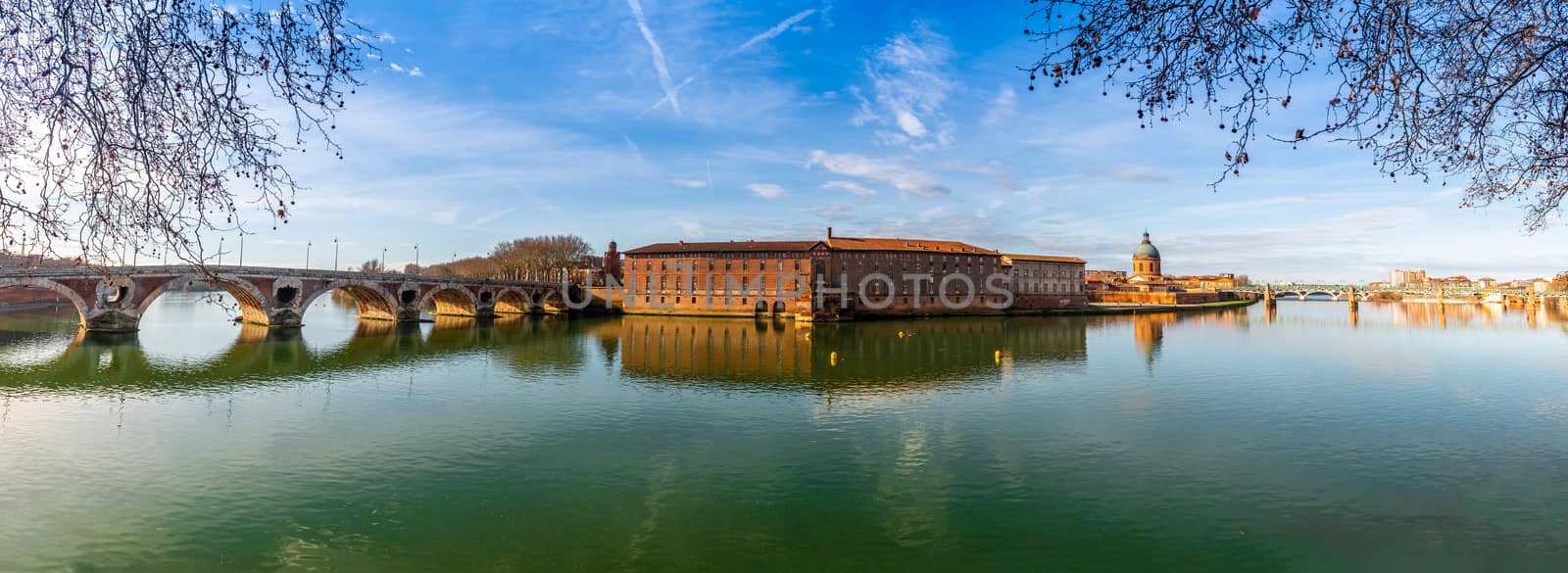
Panorama of the city of Toulouse from the banks of the Garonne.
Stock PhotoUsername
FredericResolution
13543x4951pxPanorama of the city of Toulouse from the banks of the Garonne.


Fountain of the Three Graces on Place de la Bourse in Bordeaux in Gironde, Nouvelle-Aquitaine, France.
Stock PhotoUsername
FredericResolution
7360x4912pxFountain of the Three Graces on Place de la Bourse in Bordeaux in Gironde, Nouvelle-Aquitaine, France.
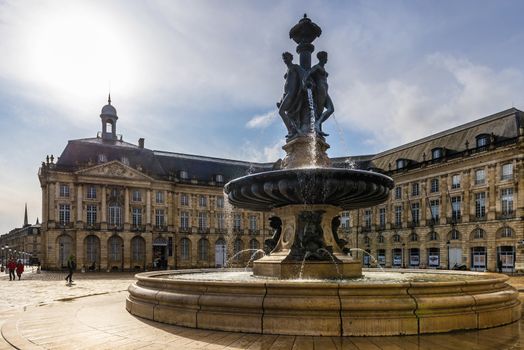
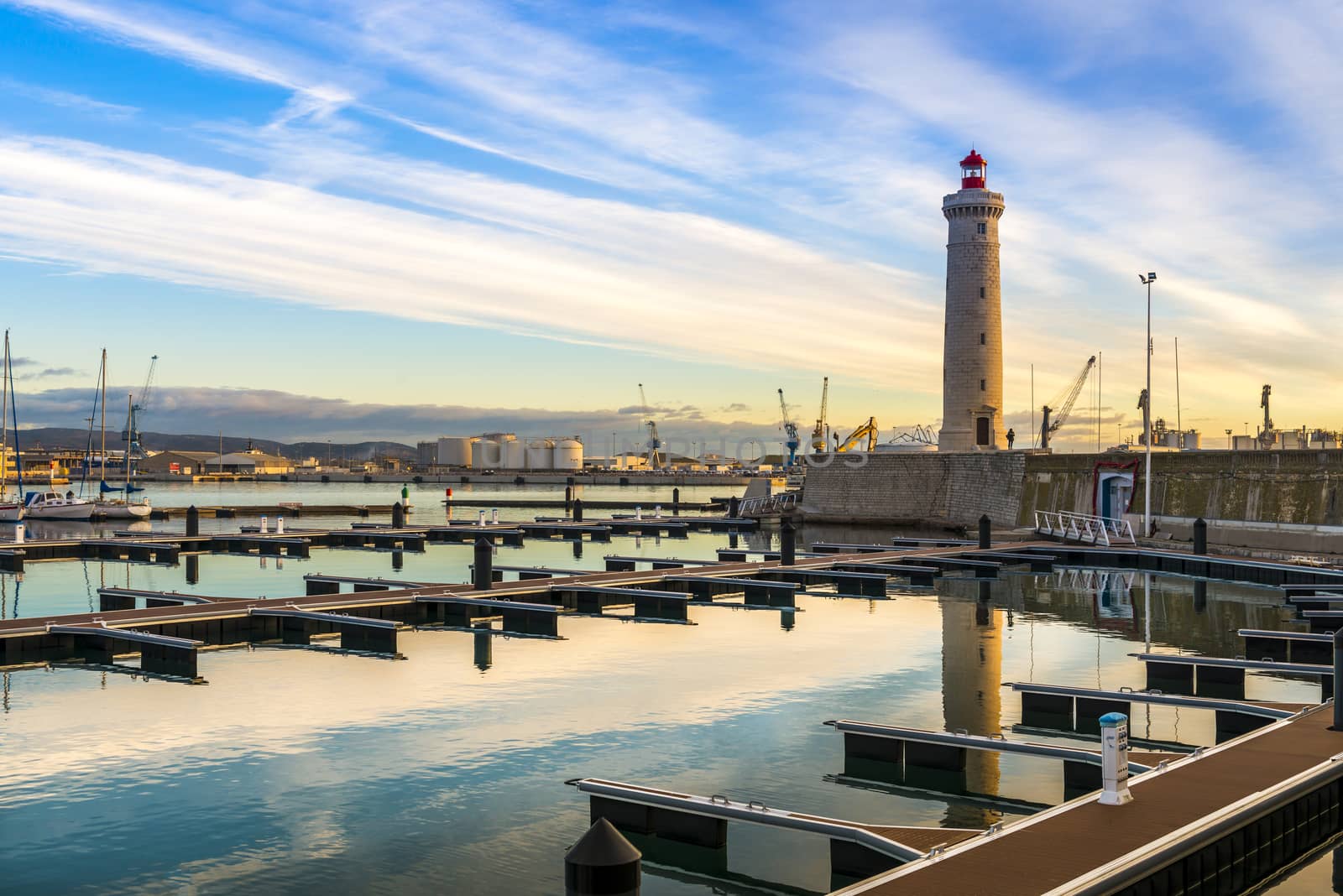
Sunrise, in the marina of Sète and on the lighthouse of the Saint-Louis mole, in Occitanie, in the south of France.
Stock PhotoUsername
FredericResolution
7314x4881pxSunrise, in the marina of Sète and on the lighthouse of the Saint-Louis mole, in Occitanie, in the south of France.


Early in the morning, in the port of Sète, during a demonstration, gathering of old rigs, the Hermione.
Stock PhotoUsername
FredericResolution
4231x4231pxEarly in the morning, in the port of Sète, during a demonstration, gathering of old rigs, the Hermione.
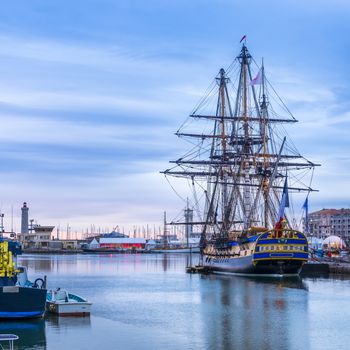
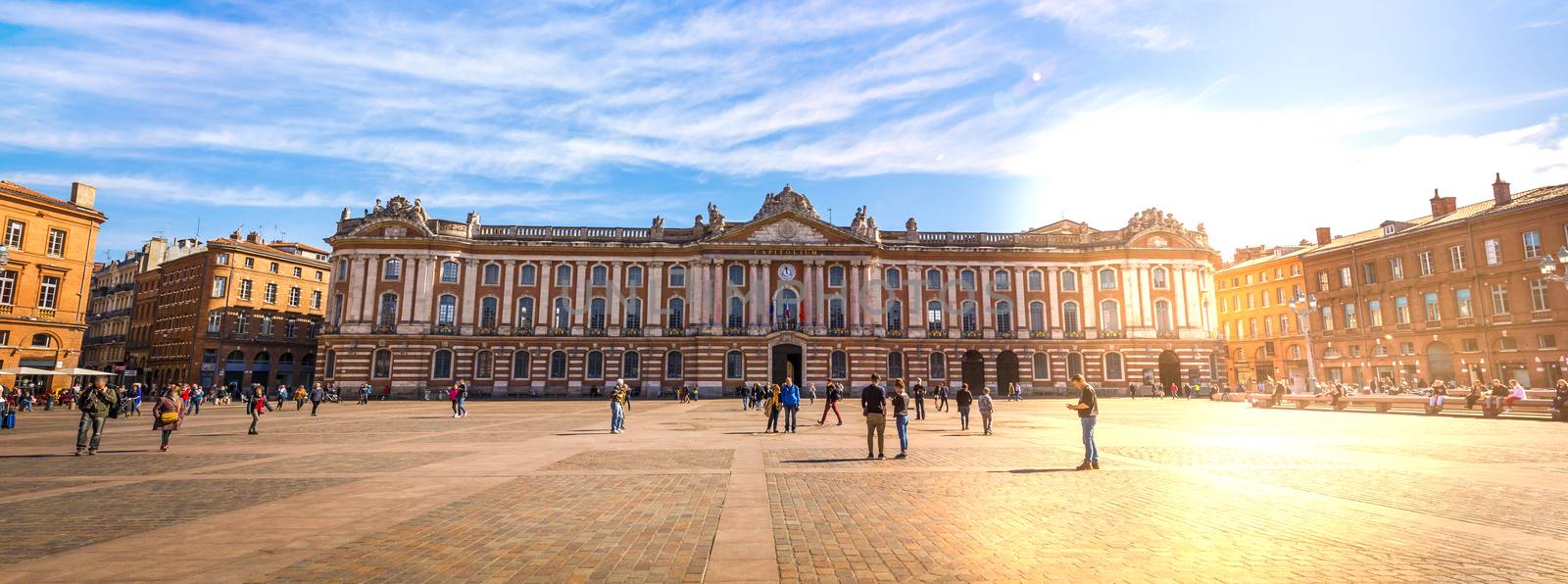
Place du Capitole is the emblematic center of the city of Toulouse. In Occitania, France
Stock PhotoUsername
FredericResolution
7315x2723pxPlace du Capitole is the emblematic center of the city of Toulouse. In Occitania, France

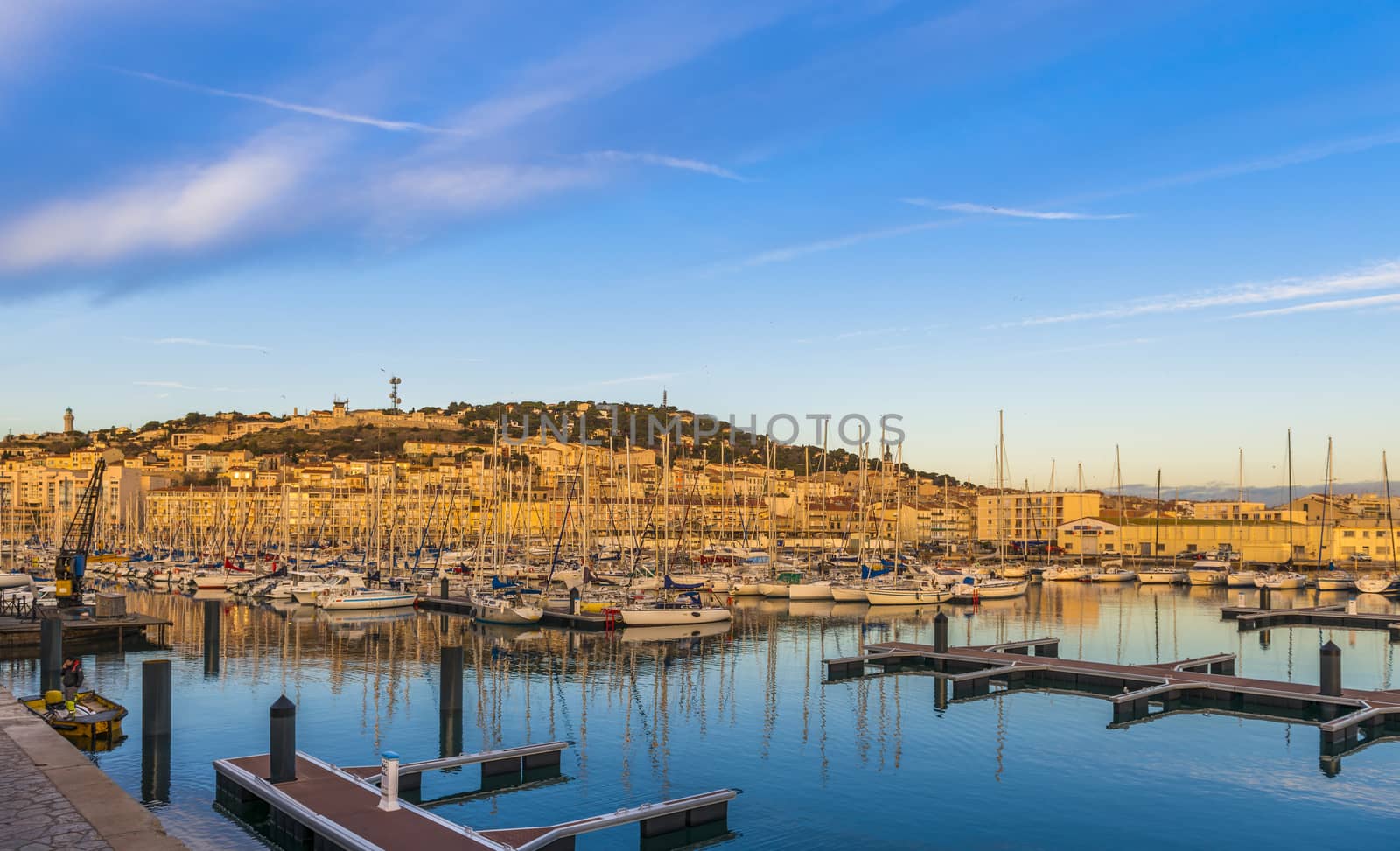
The marina in the city of Sète in the early morning, in the Herault, in the south of France.
Stock PhotoUsername
FredericResolution
7359x4473pxThe marina in the city of Sète in the early morning, in the Herault, in the south of France.

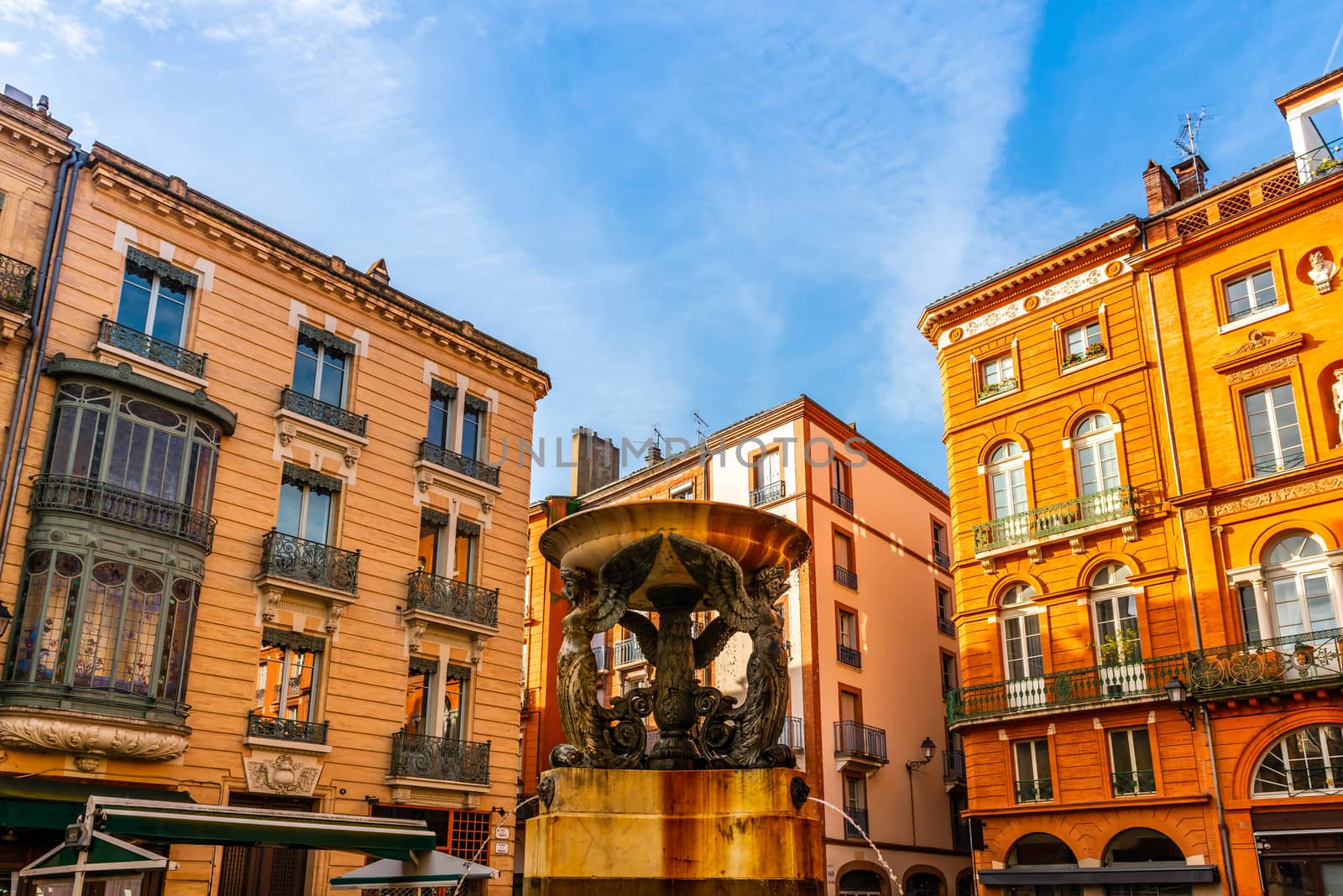
Fountain Place de la Trinite in Toulouse, in Haute-Garonne in the Occitanie region in south-west France.
Stock PhotoUsername
FredericResolution
6249x4171pxFountain Place de la Trinite in Toulouse, in Haute-Garonne in the Occitanie region in south-west France.

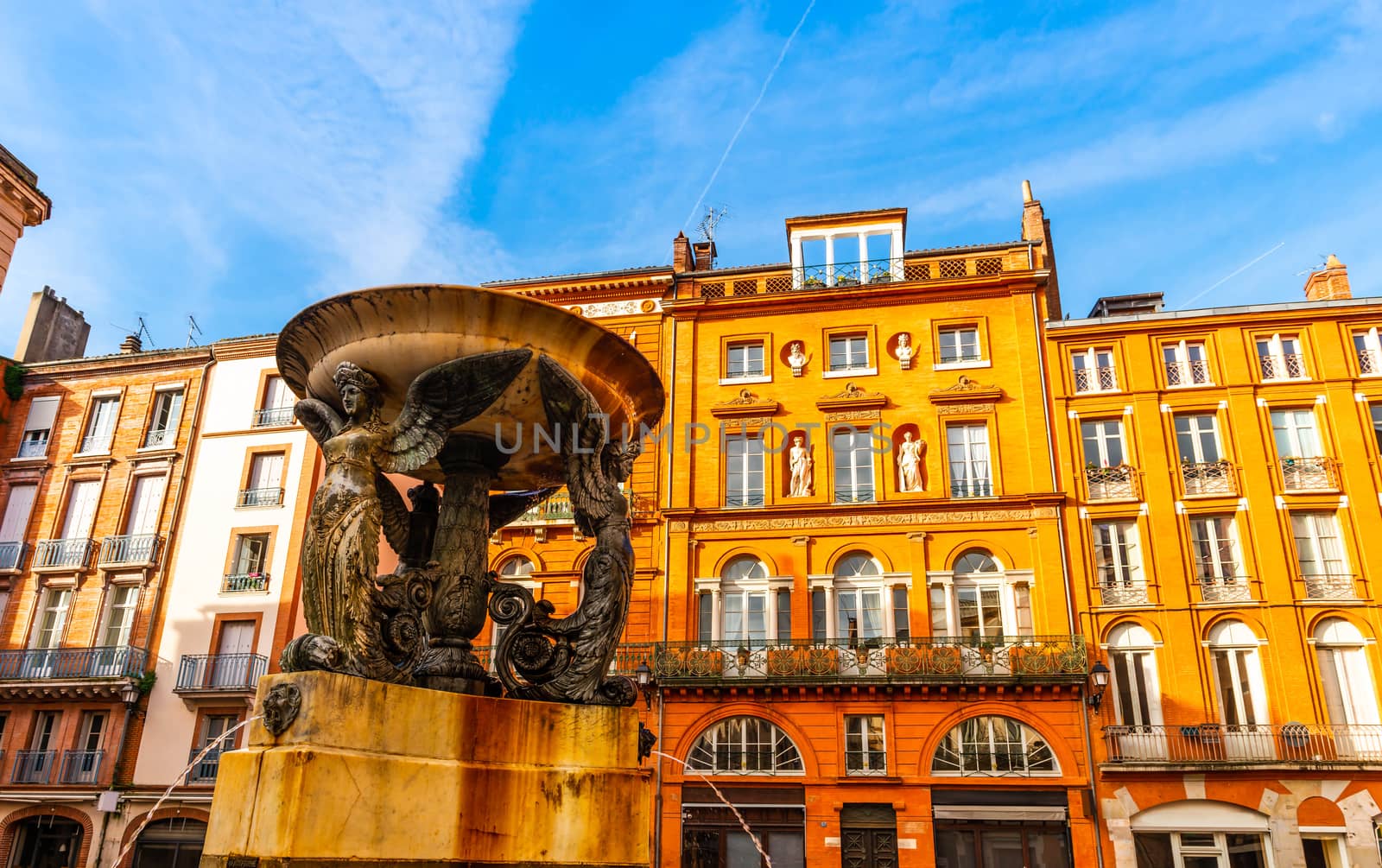
Magnificent Place de la Trinité in Toulouse, with its fountain and superb façades, in Occitania.
Stock PhotoUsername
FredericResolution
7220x4537pxMagnificent Place de la Trinité in Toulouse, with its fountain and superb façades, in Occitania.

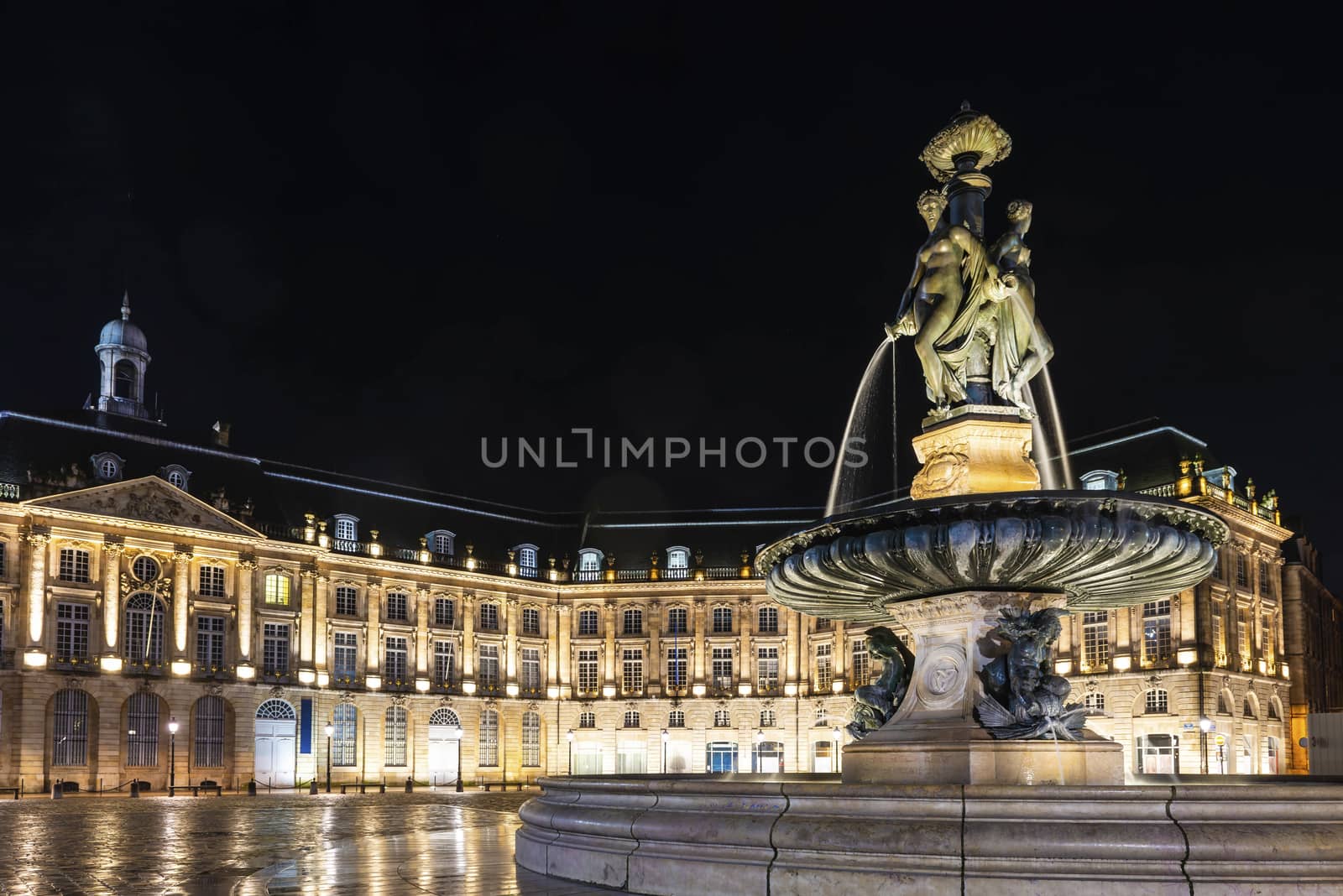
Place de la Bourse at night in Bordeaux, in the foreground, the fountain of the three grace and in the background the buildings of.
Stock PhotoUsername
FredericResolution
7360x4912pxPlace de la Bourse at night in Bordeaux, in the foreground, the fountain of the three grace and in the background the buildings of.

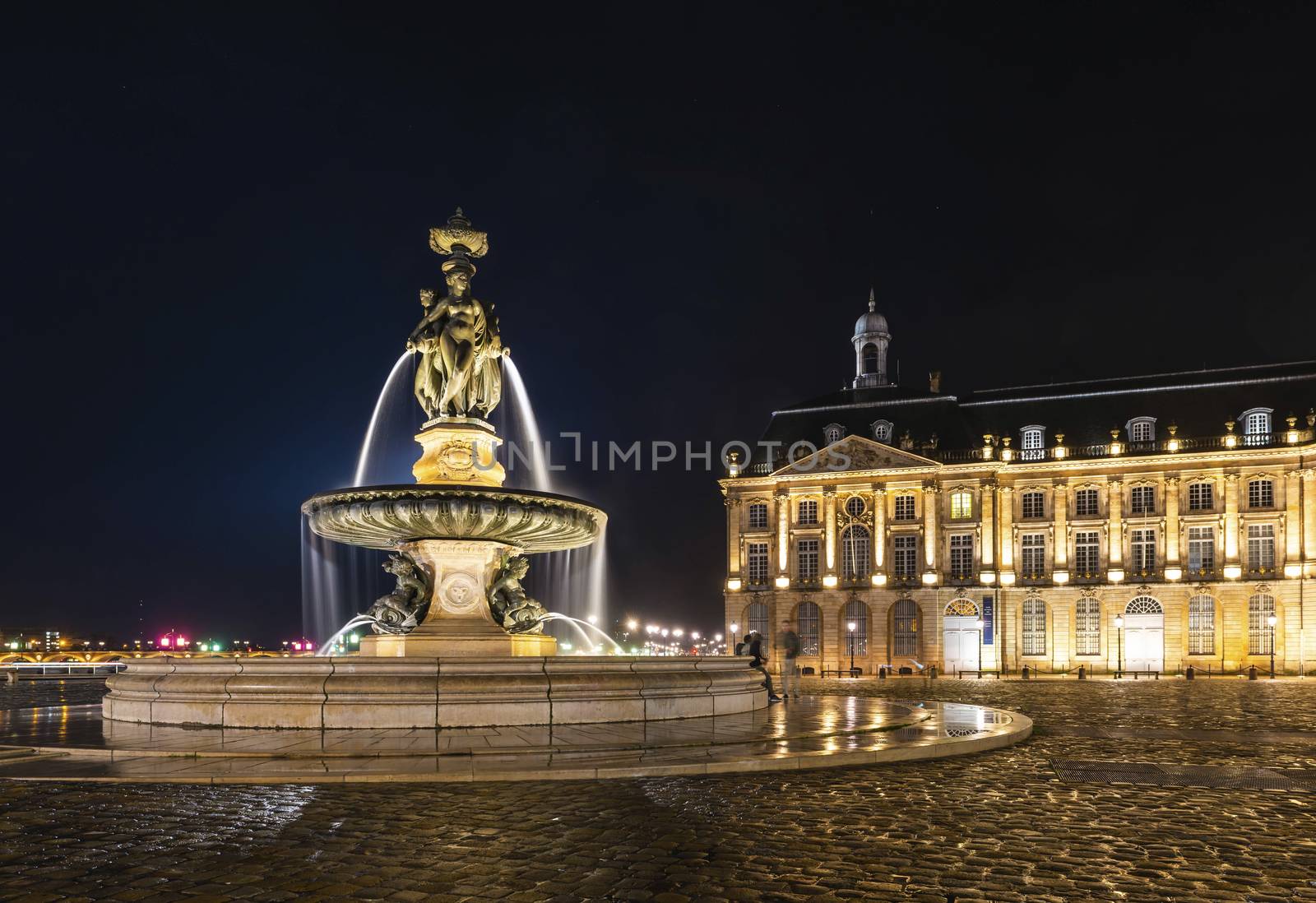
Fountain of three graces on the Place de la Bourse in Bordeaux at night in Gironde, New Aquitaine, France.
Stock PhotoUsername
FredericResolution
6716x4610pxFountain of three graces on the Place de la Bourse in Bordeaux at night in Gironde, New Aquitaine, France.

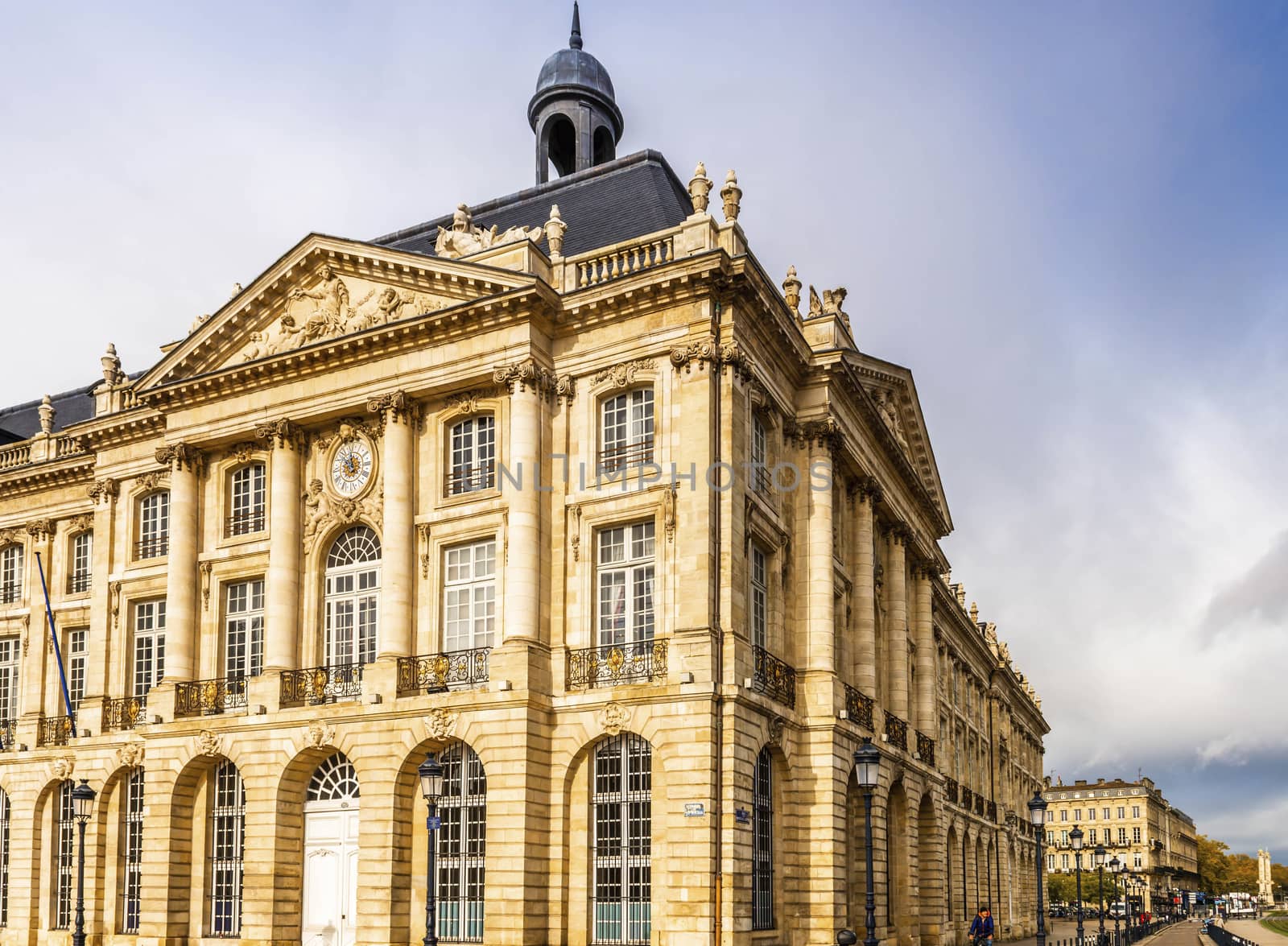
Building of the place de la bourse in Bordeaux in Gironde, Nouvelle-Aquitaine, France.
Stock PhotoUsername
FredericResolution
6690x4912pxBuilding of the place de la bourse in Bordeaux in Gironde, Nouvelle-Aquitaine, France.

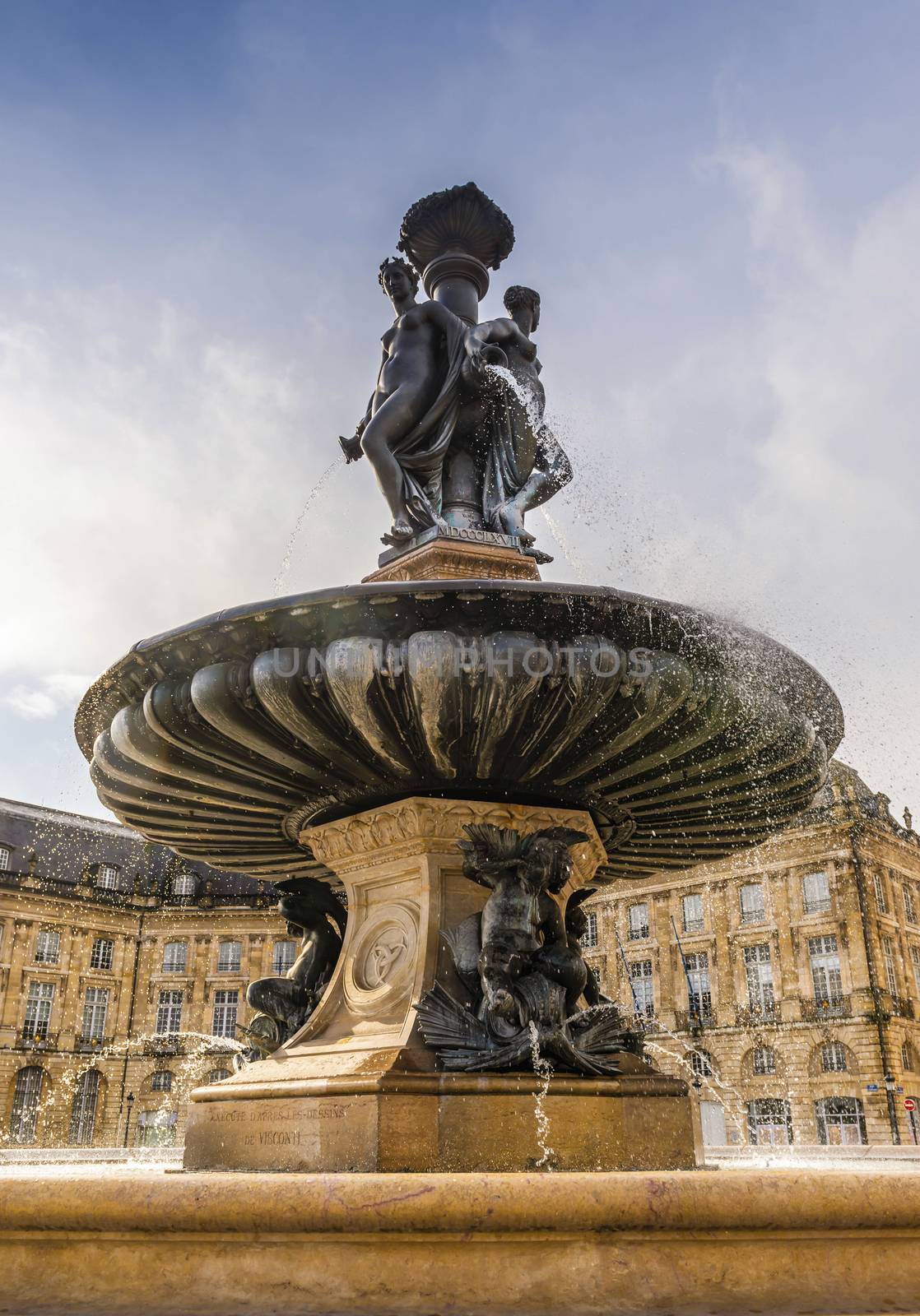
Fountain of the Three Graces on the Place de la Bourse in Bordeaux in Gironde, Nouvelle-Aquitaine, in the south-west of France.
Stock PhotoUsername
FredericResolution
4598x6581pxFountain of the Three Graces on the Place de la Bourse in Bordeaux in Gironde, Nouvelle-Aquitaine, in the south-west of France.

